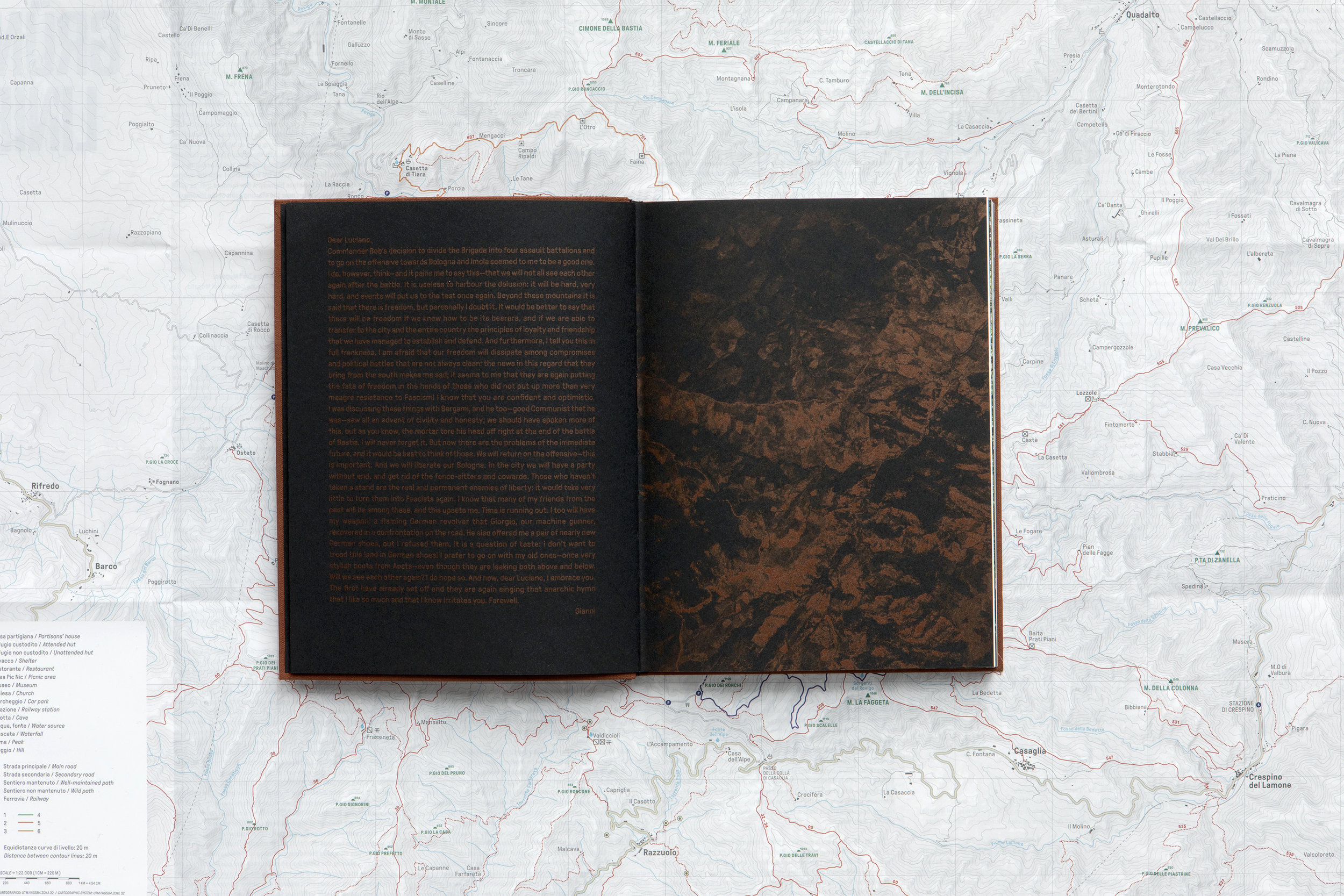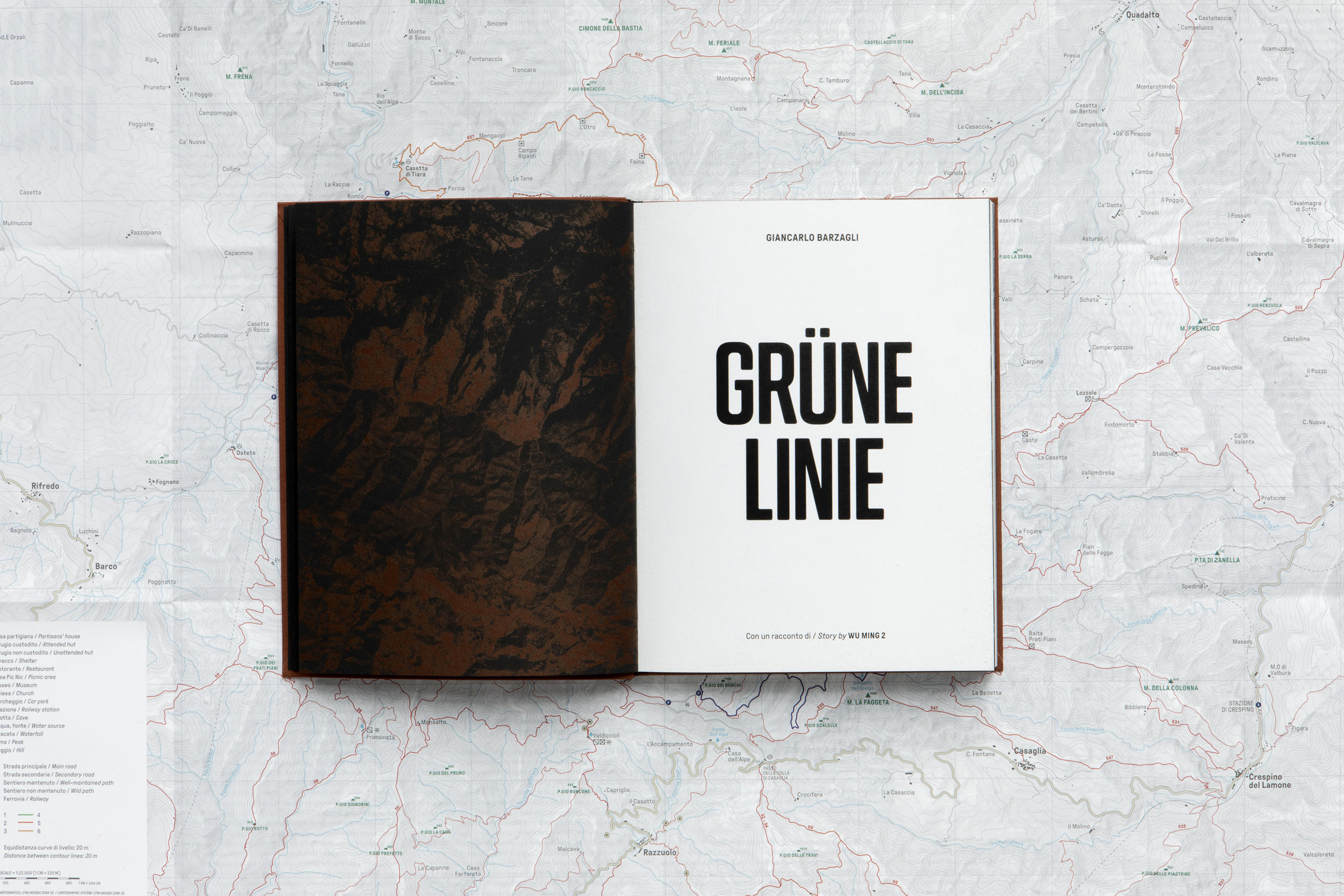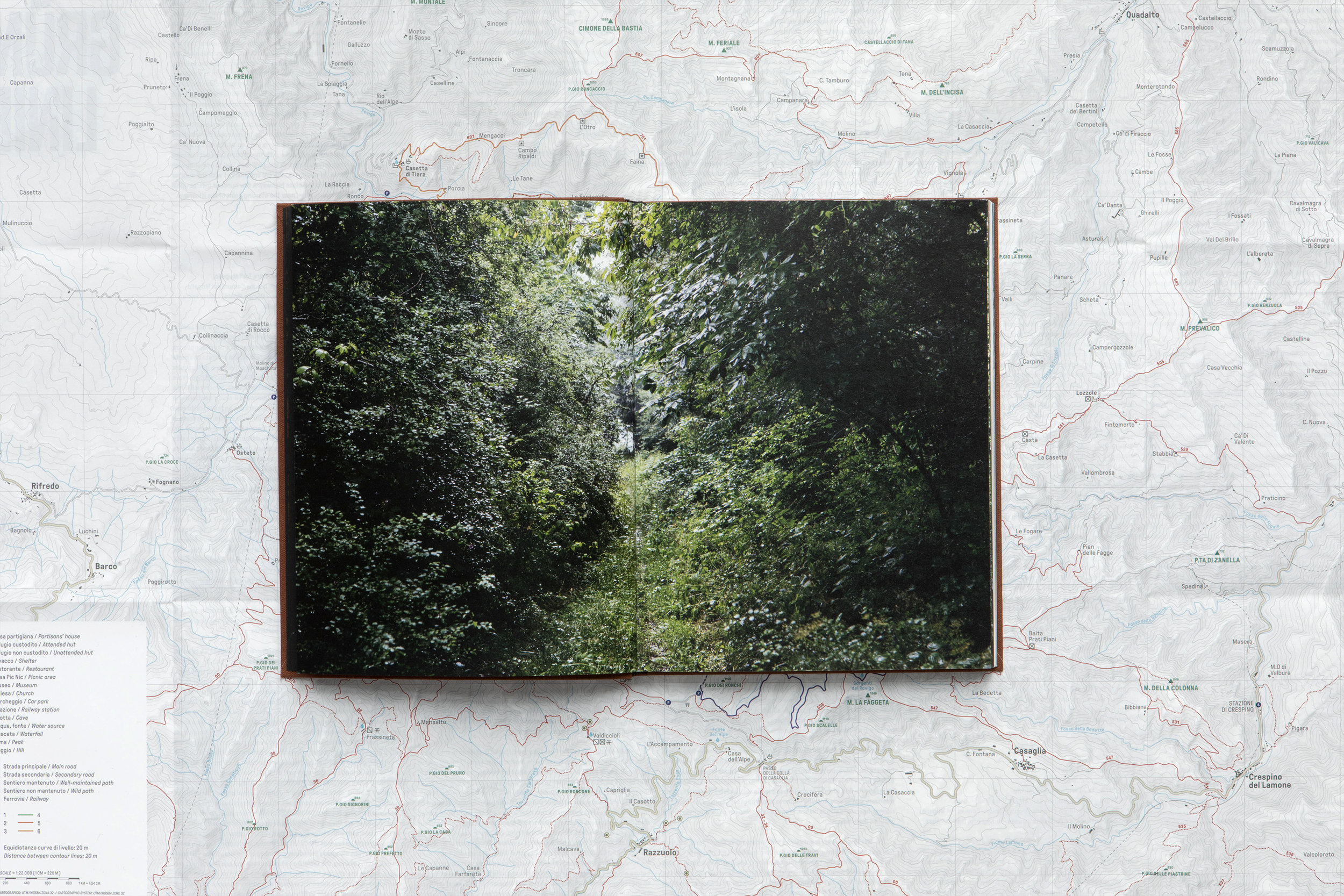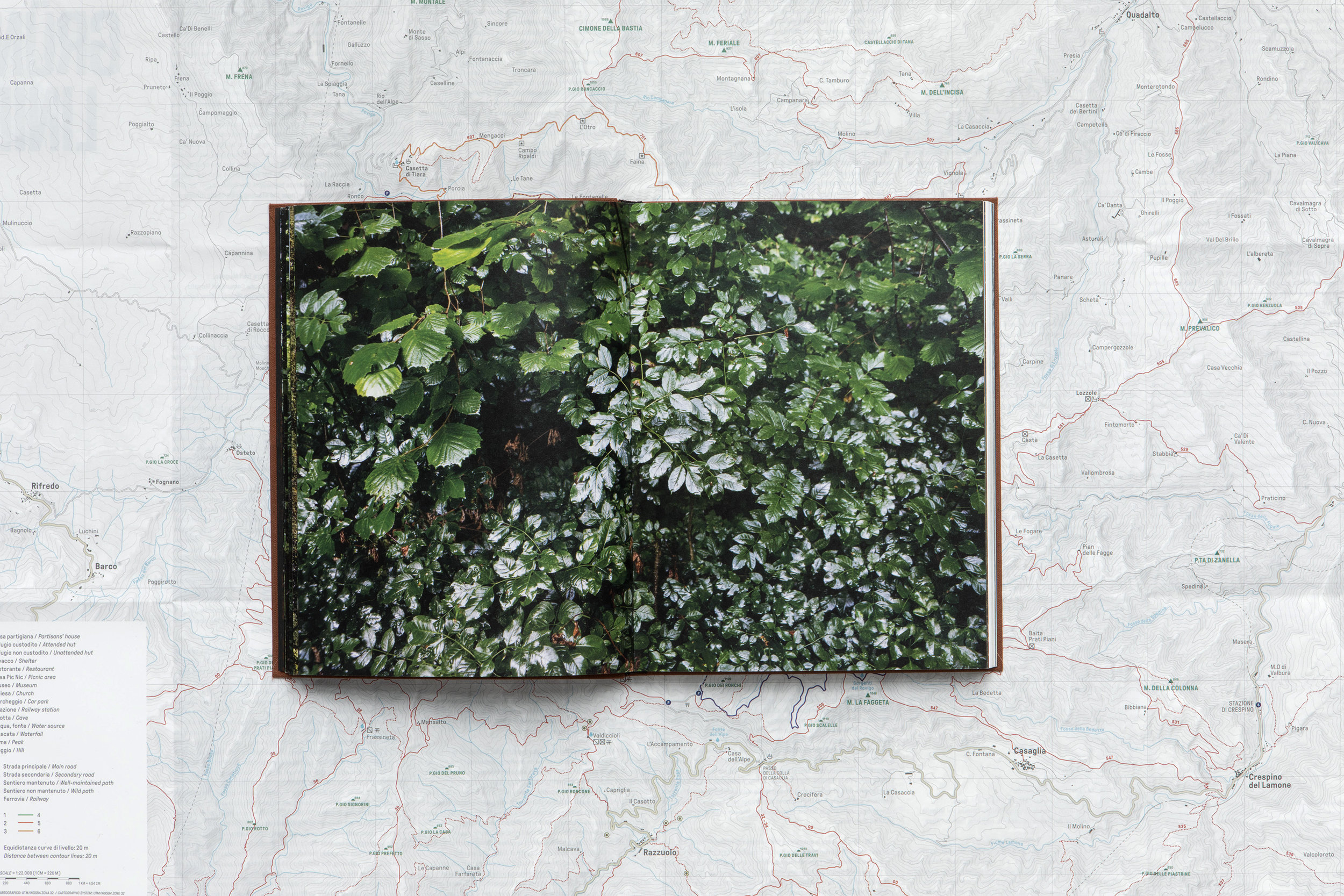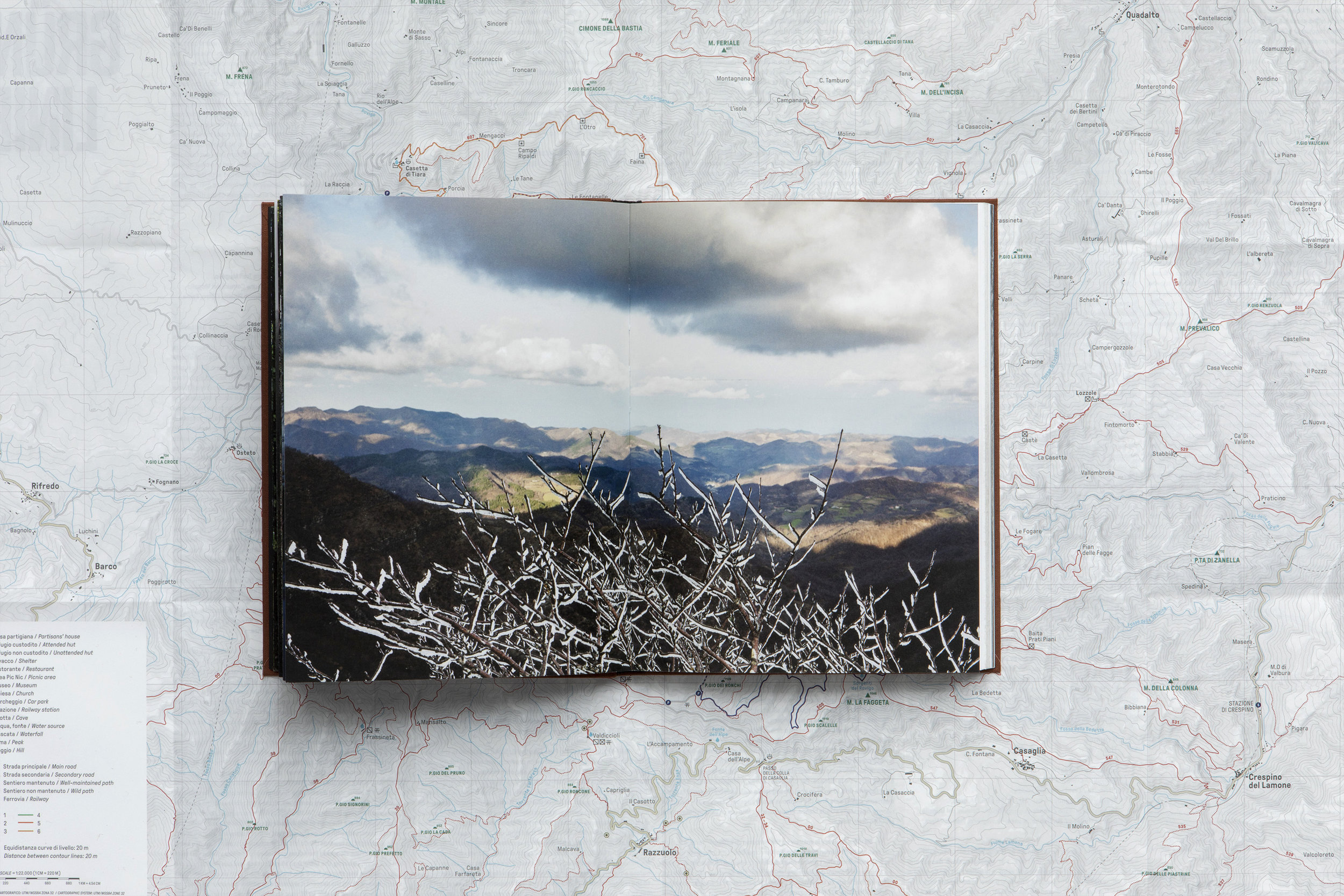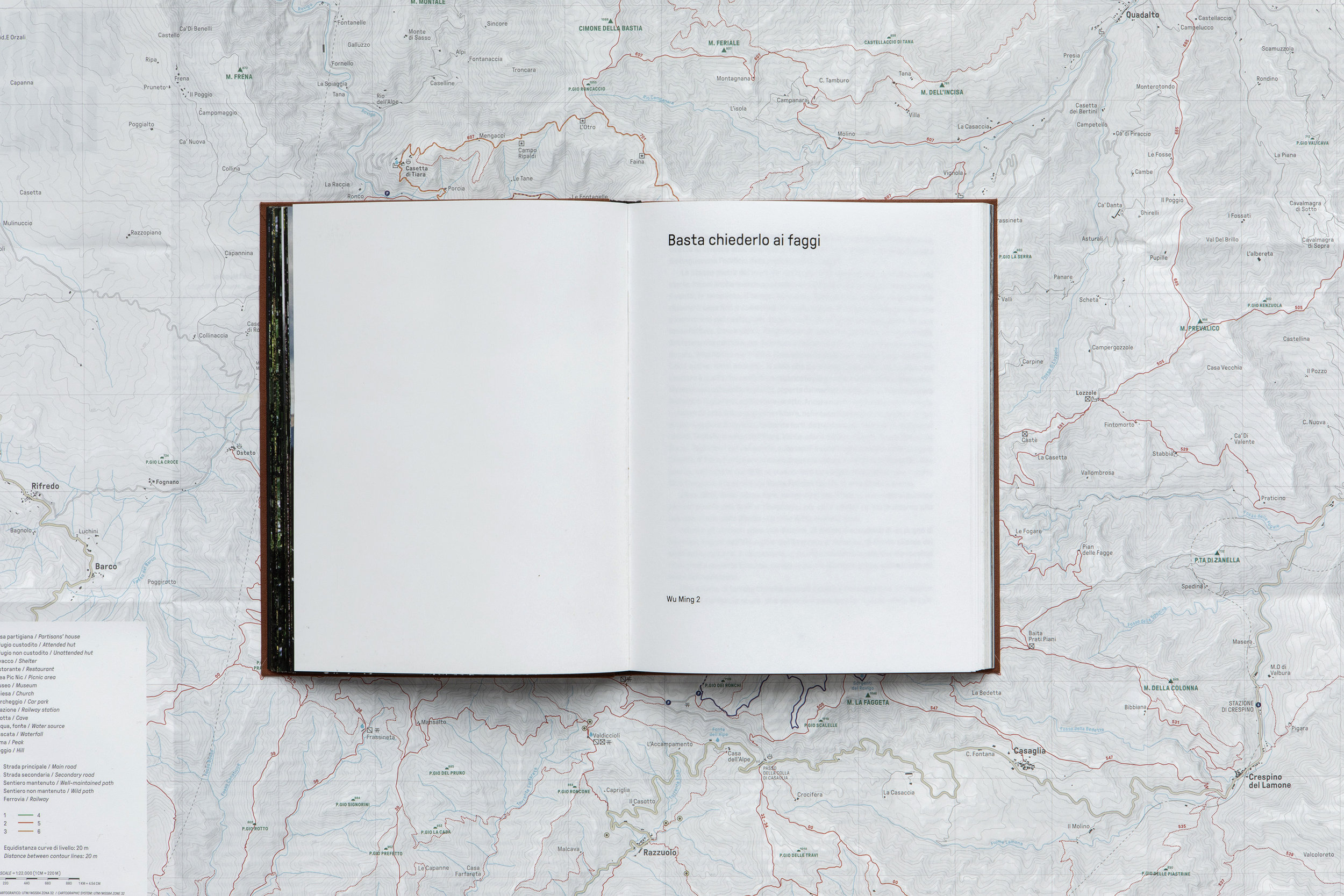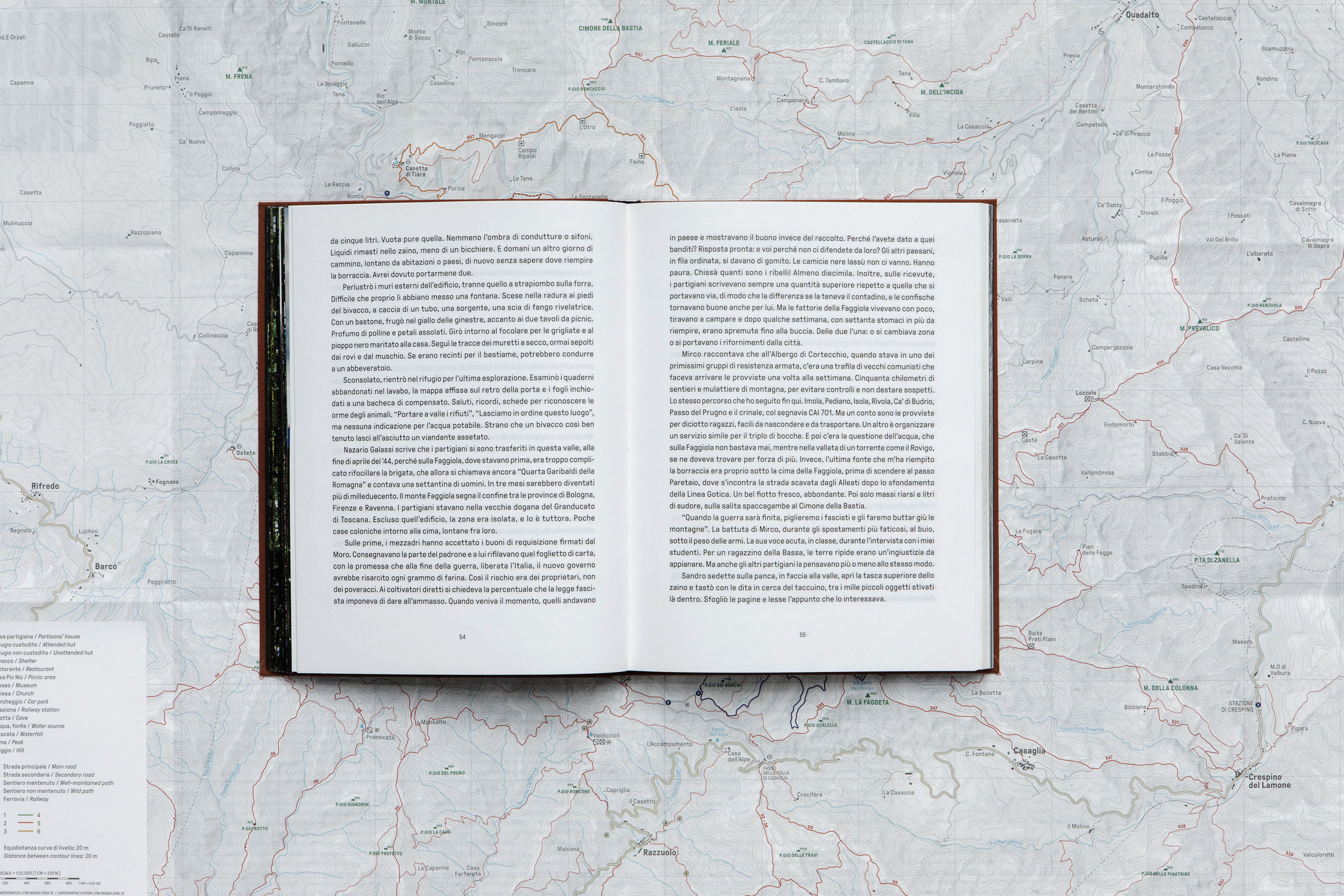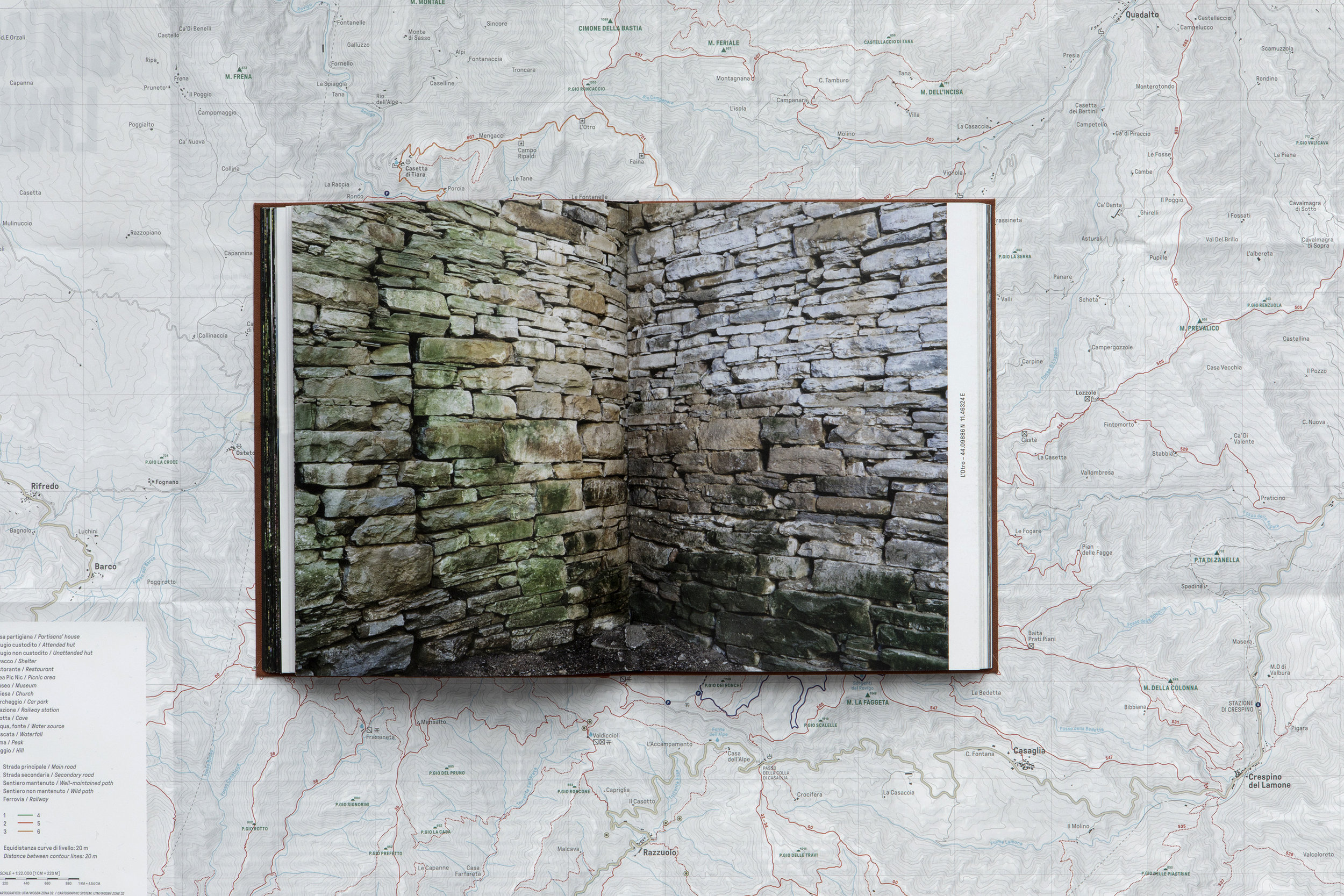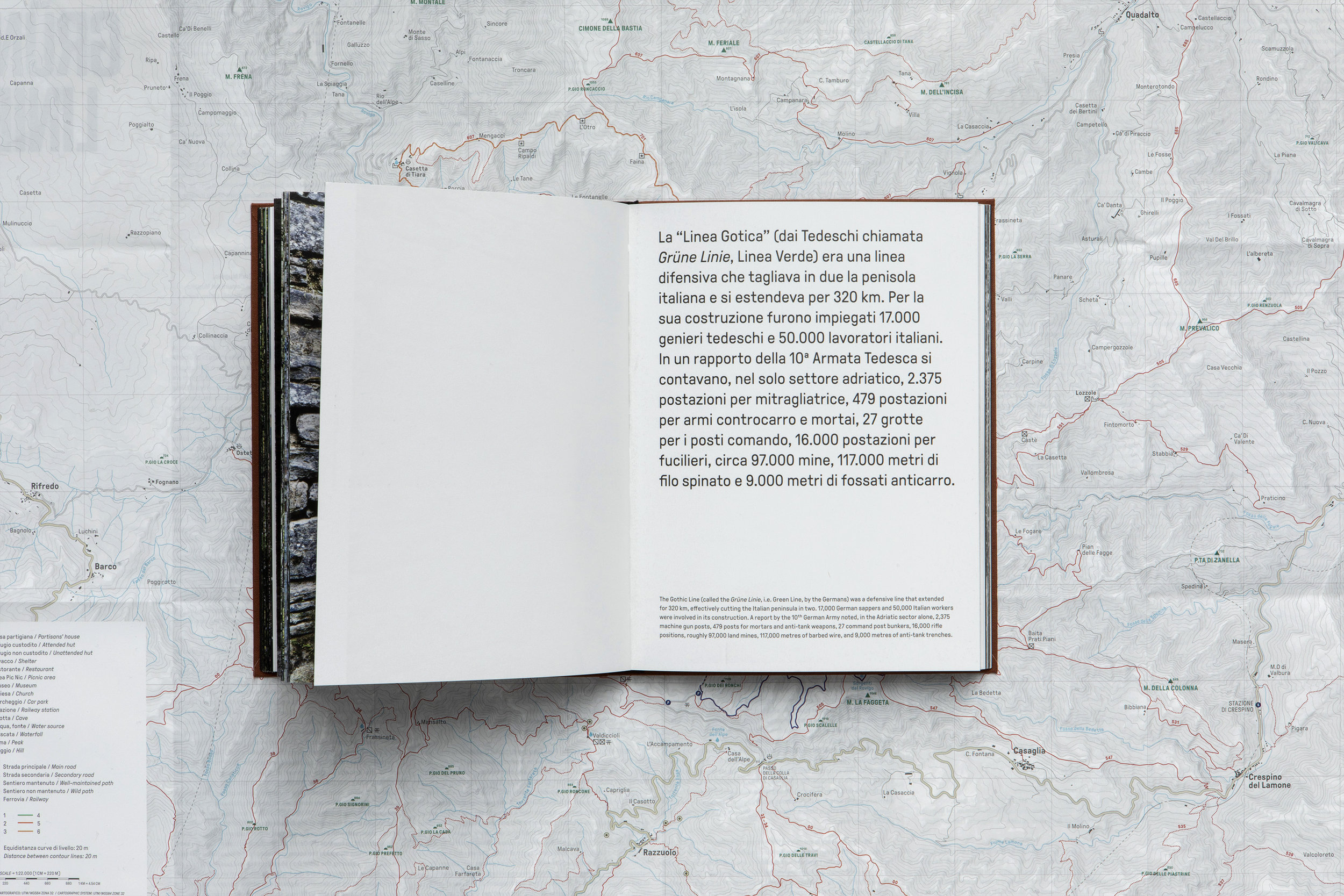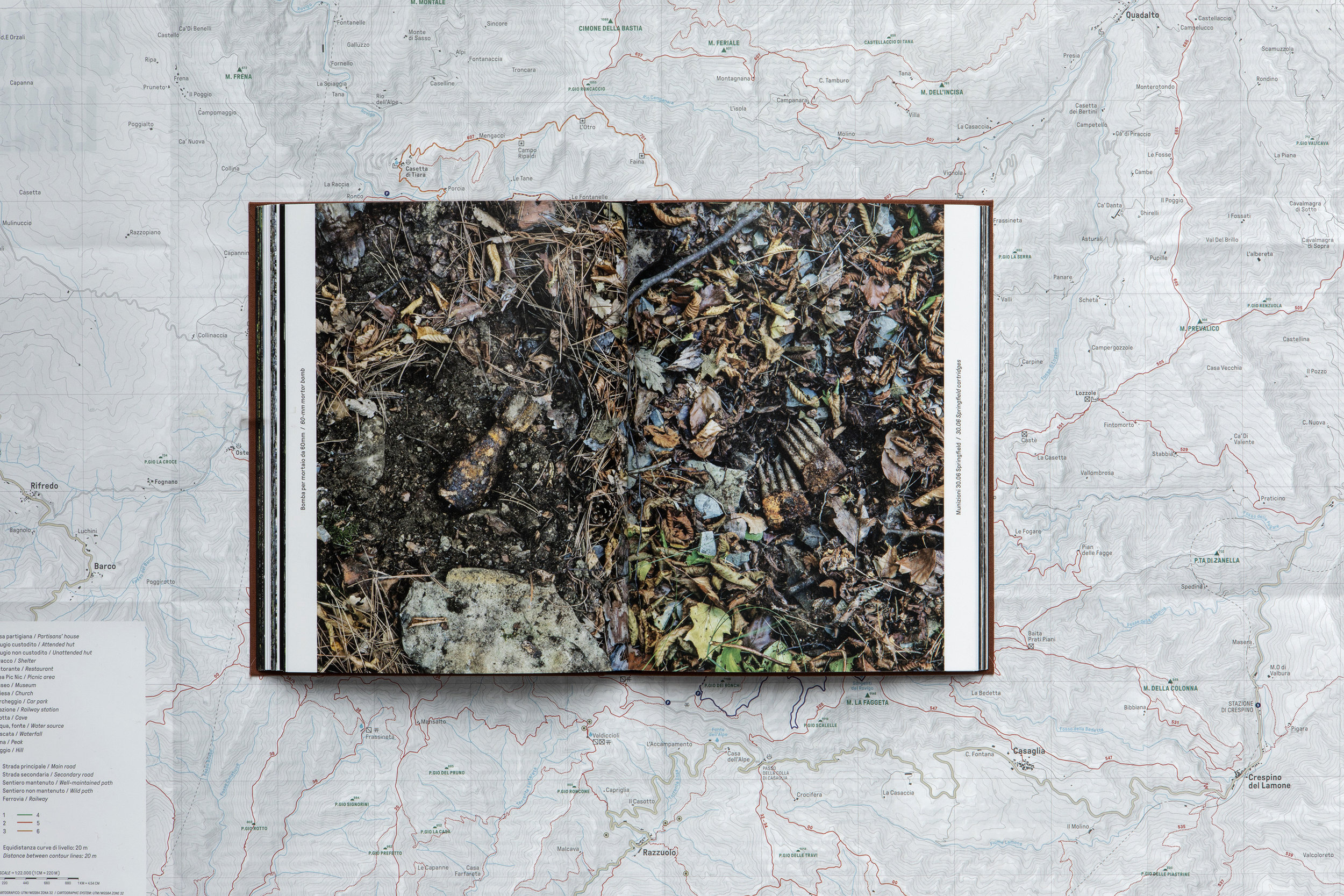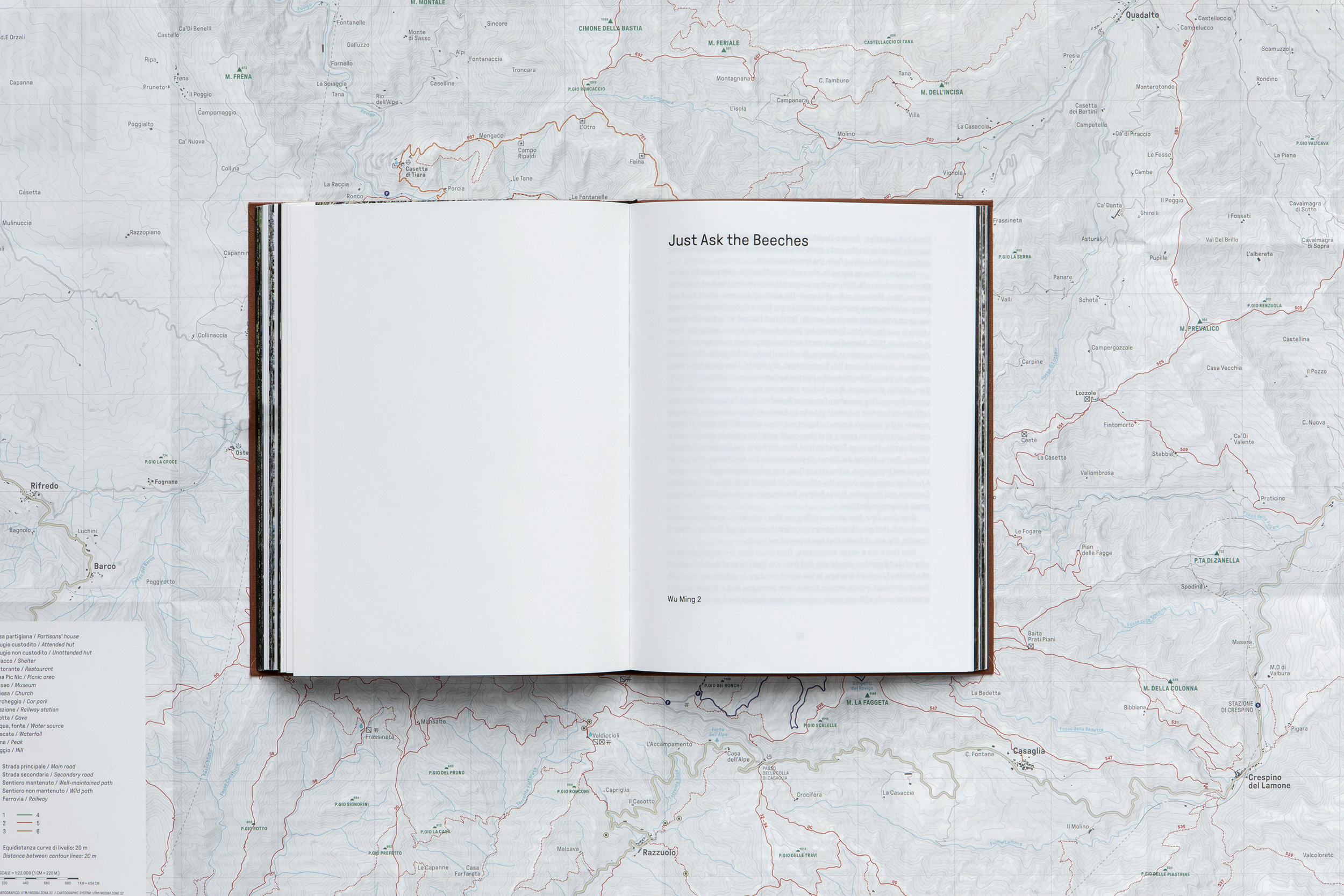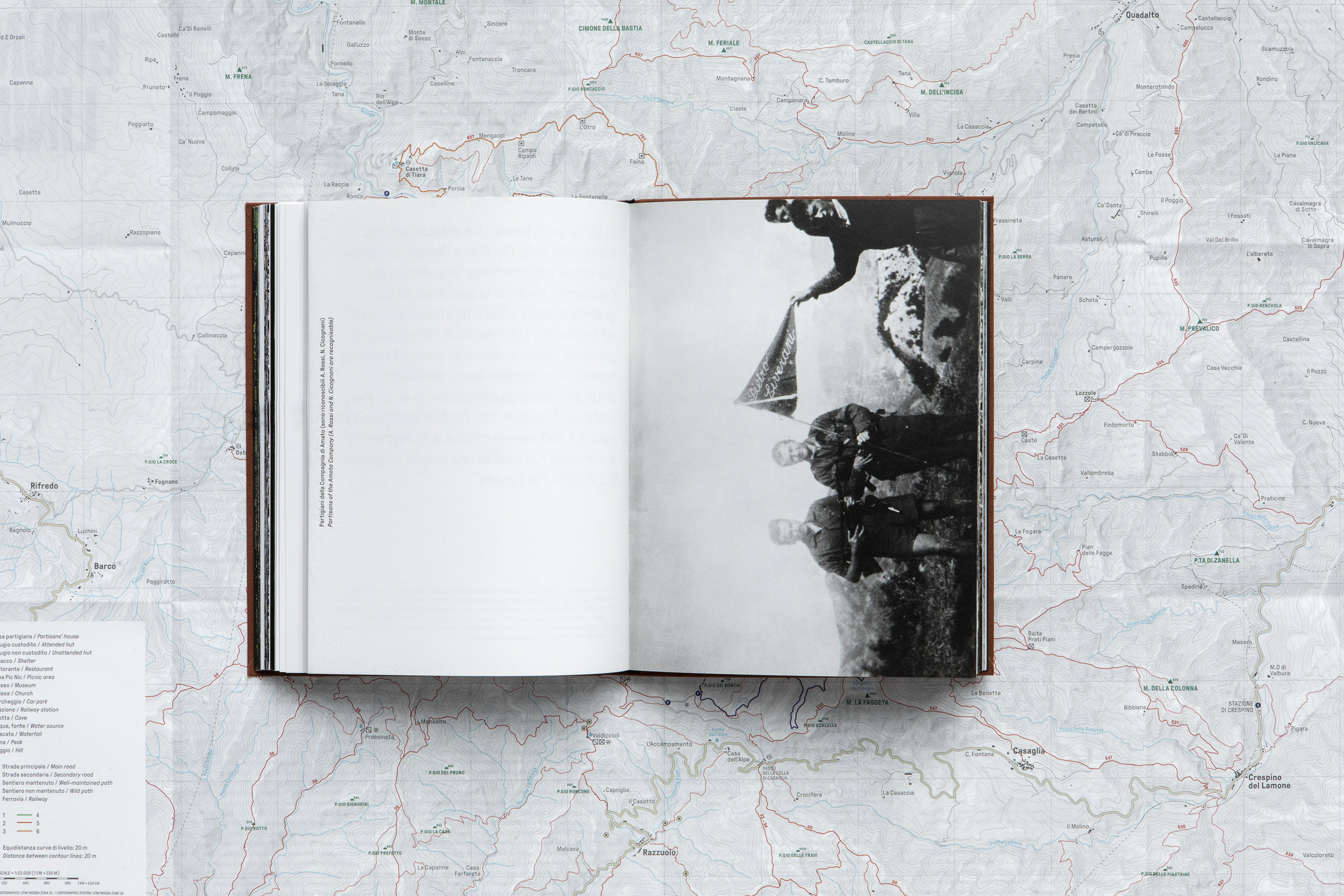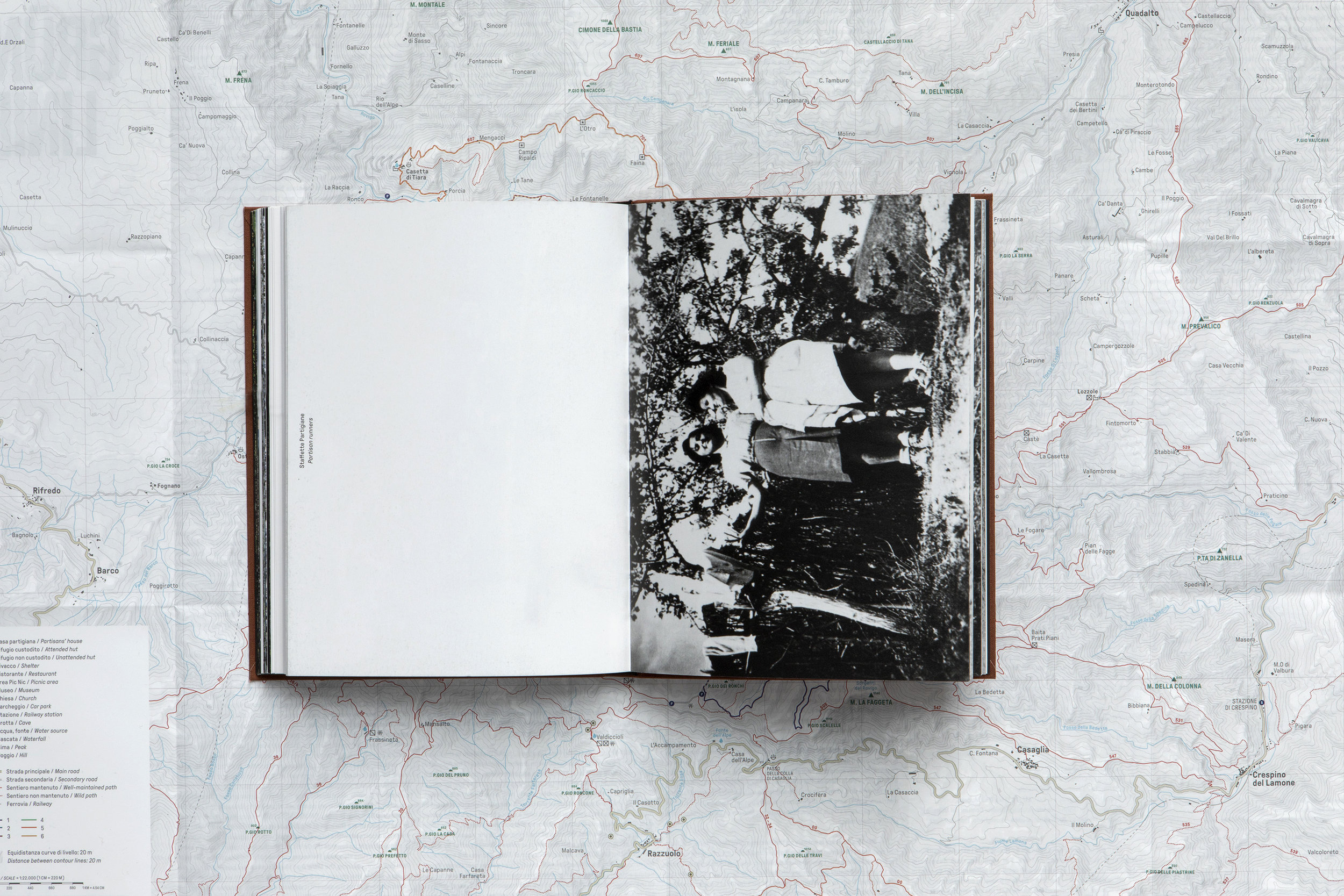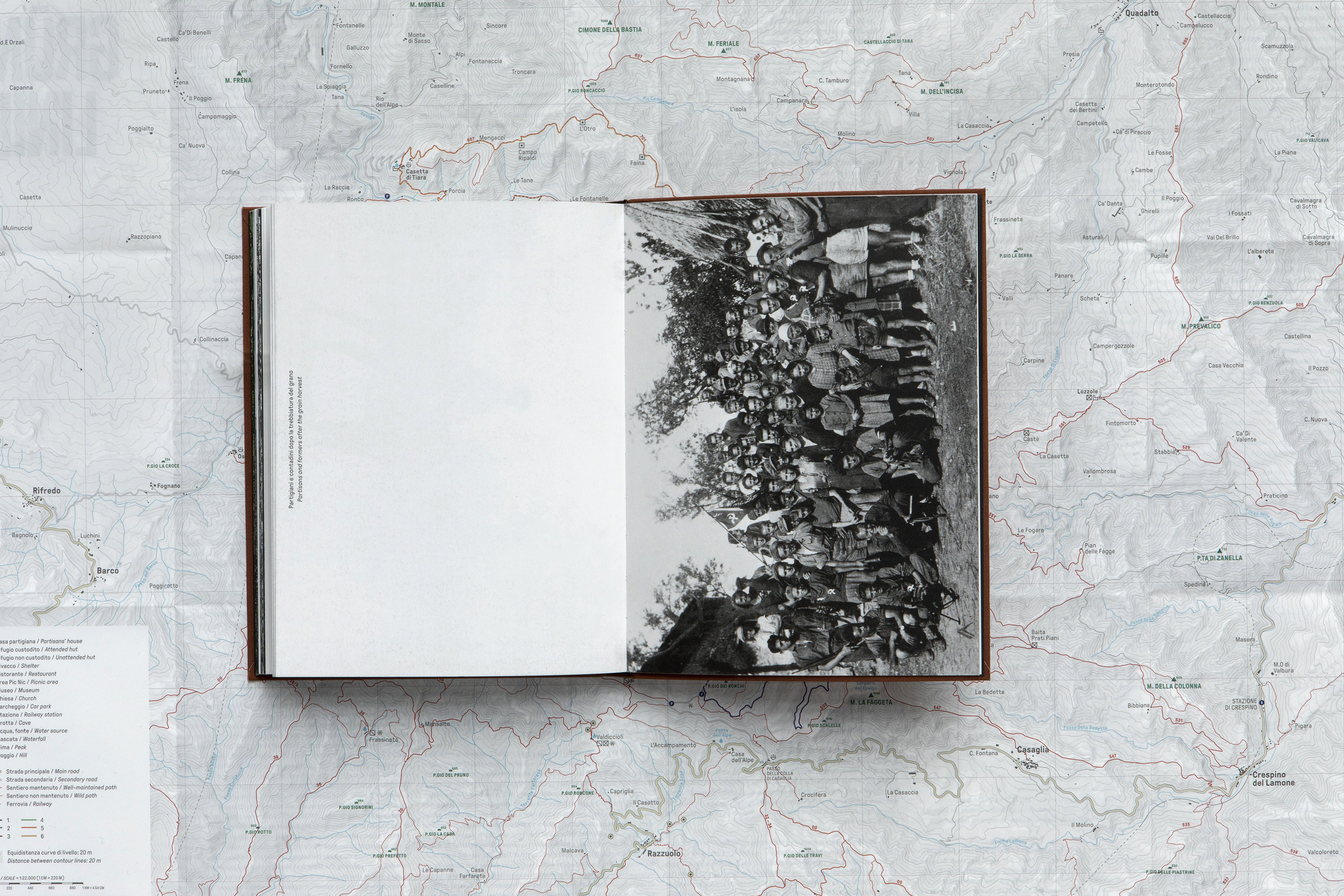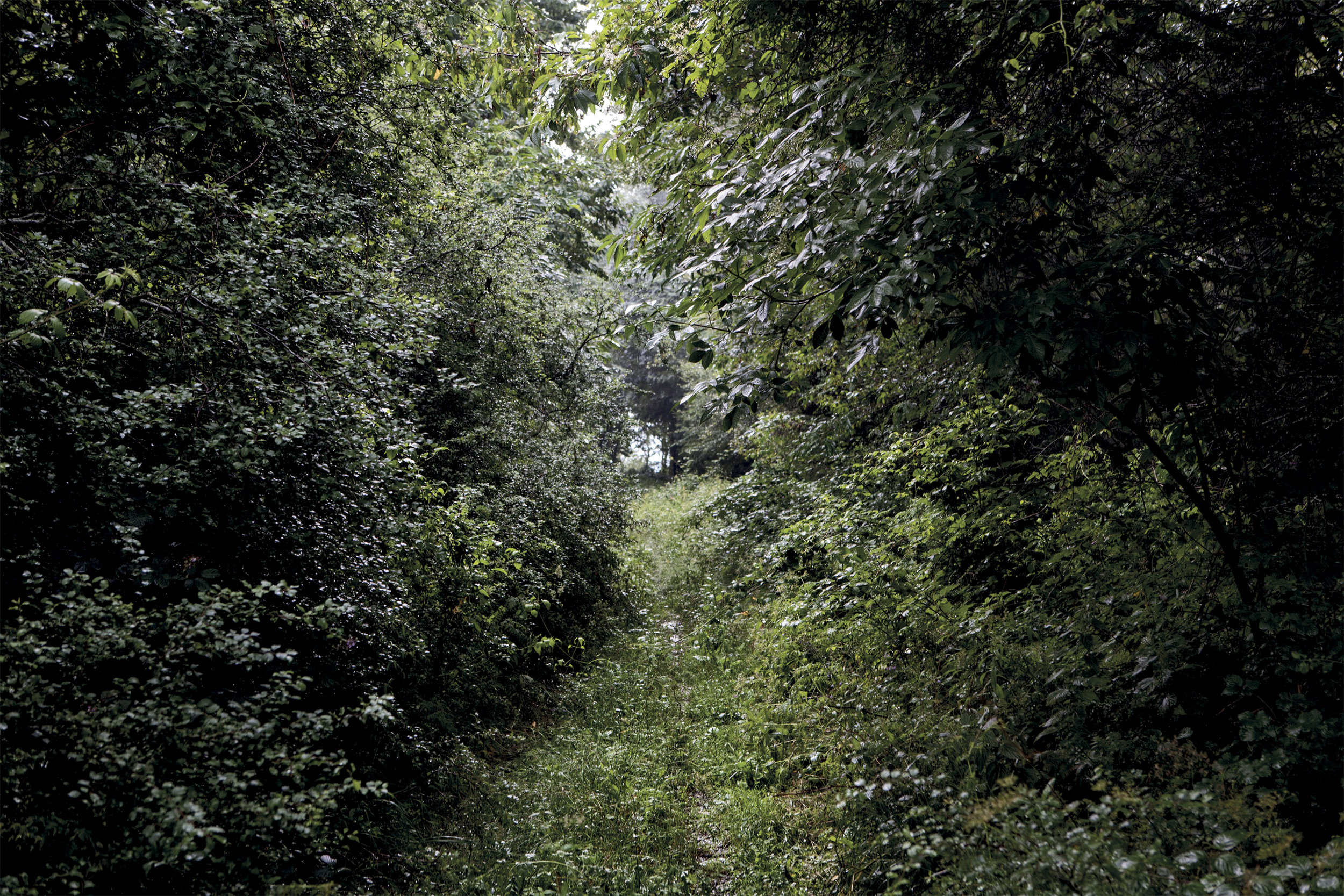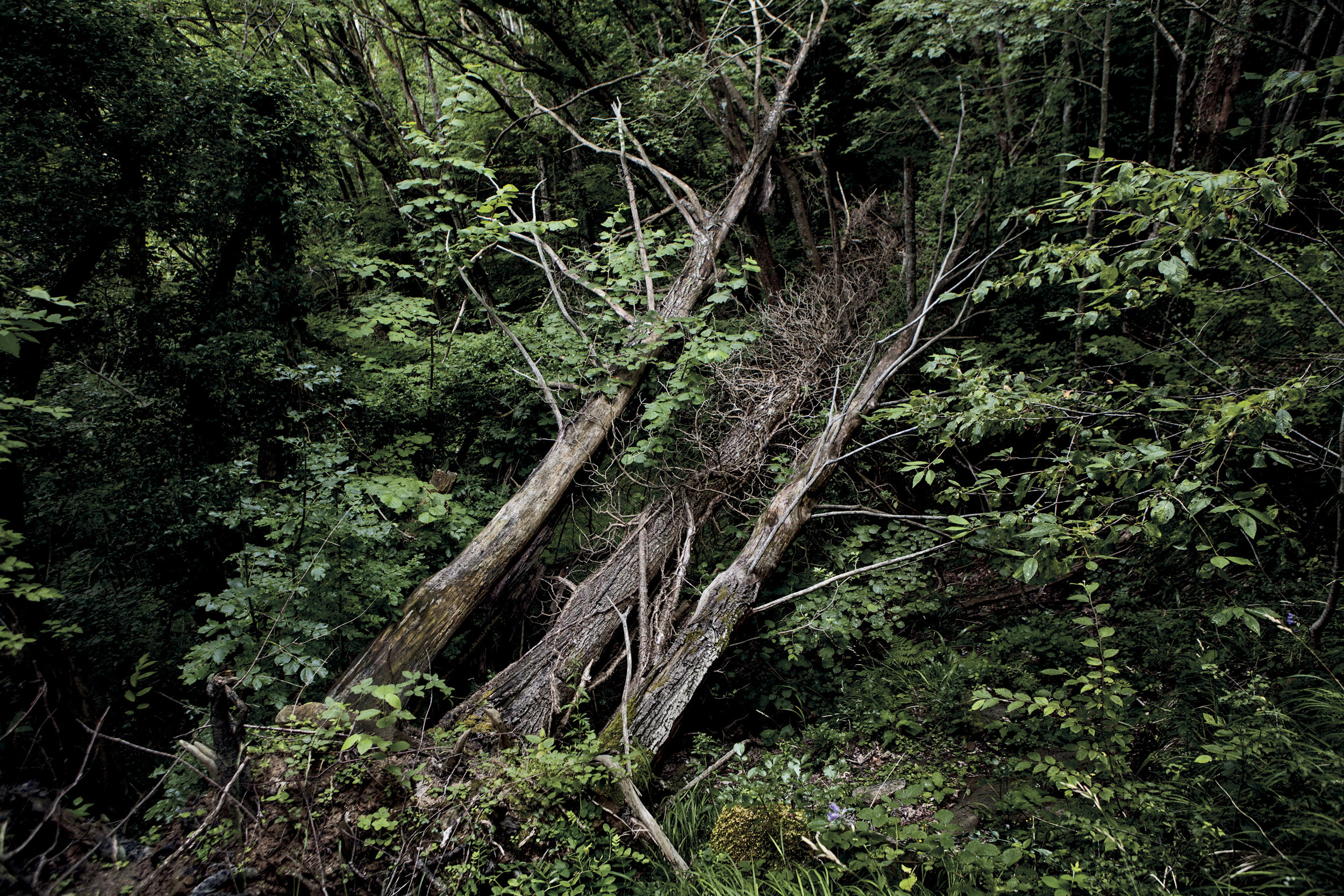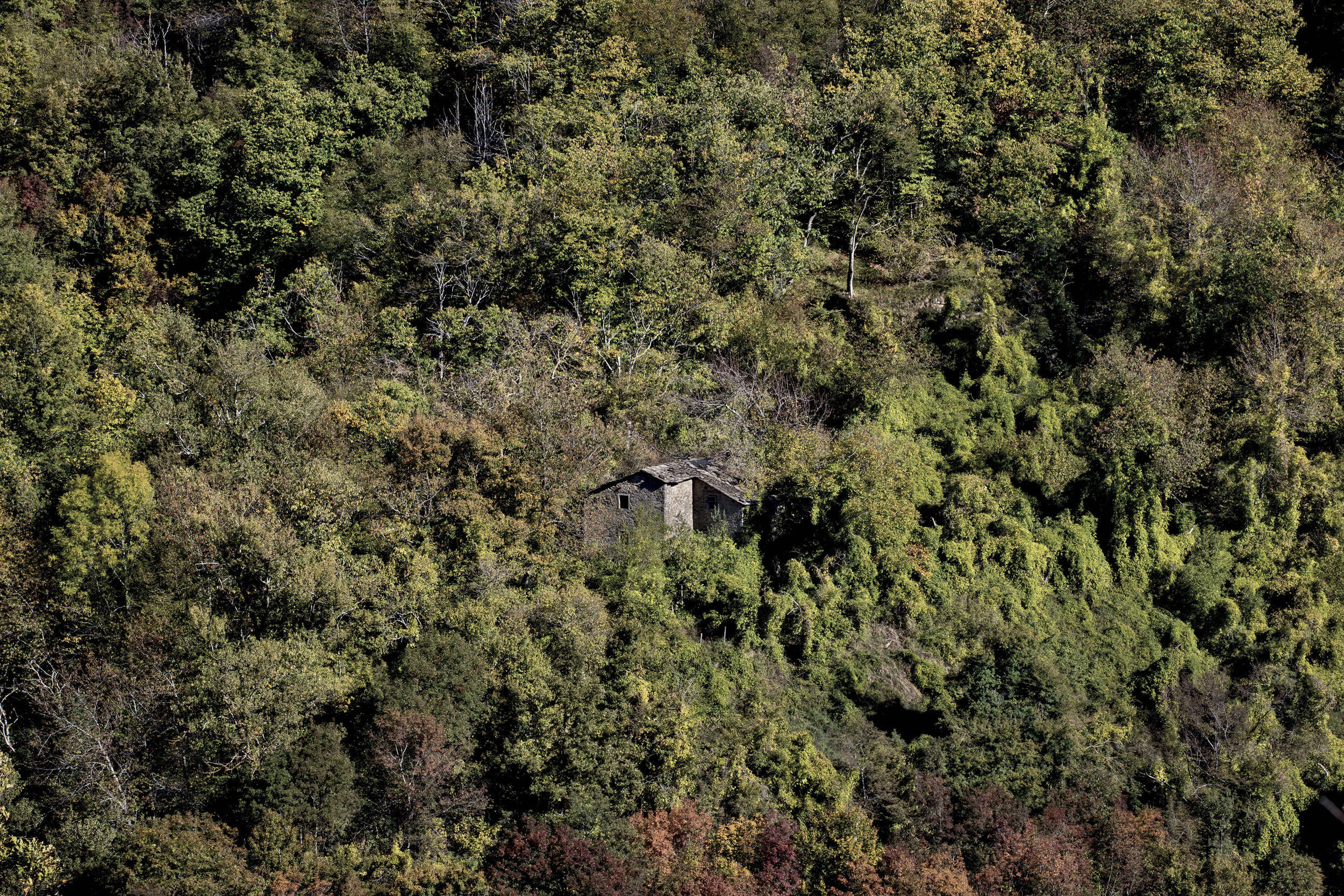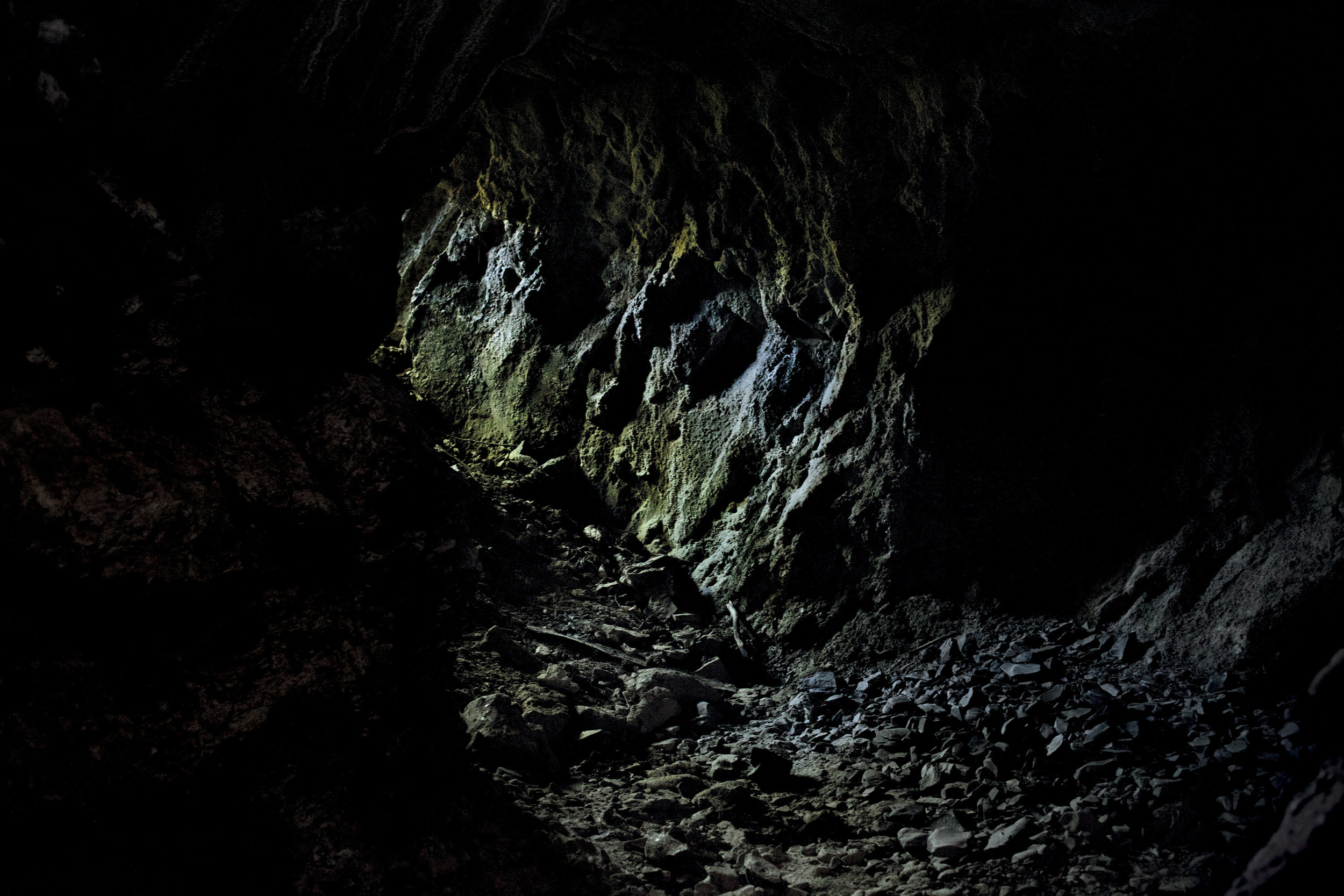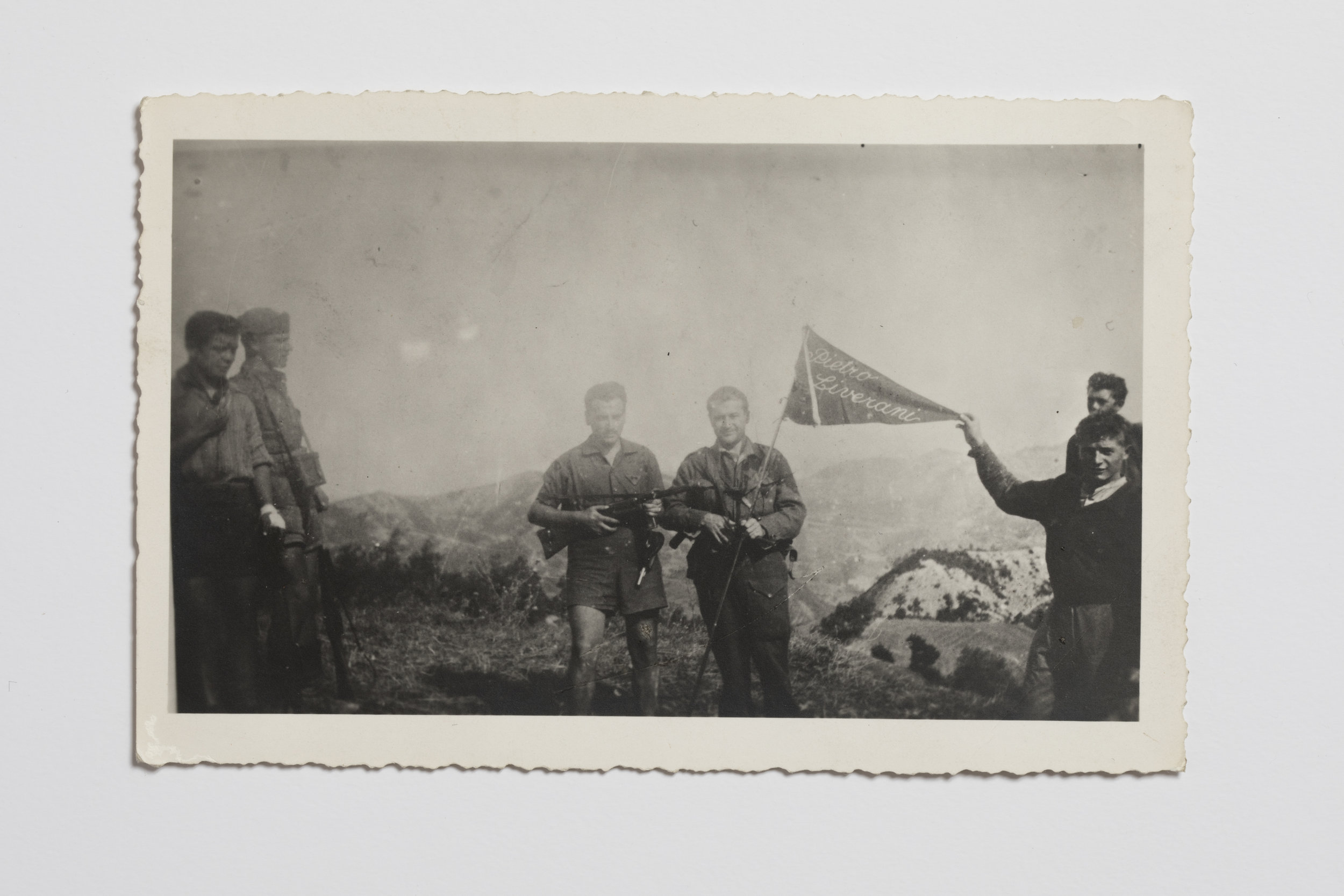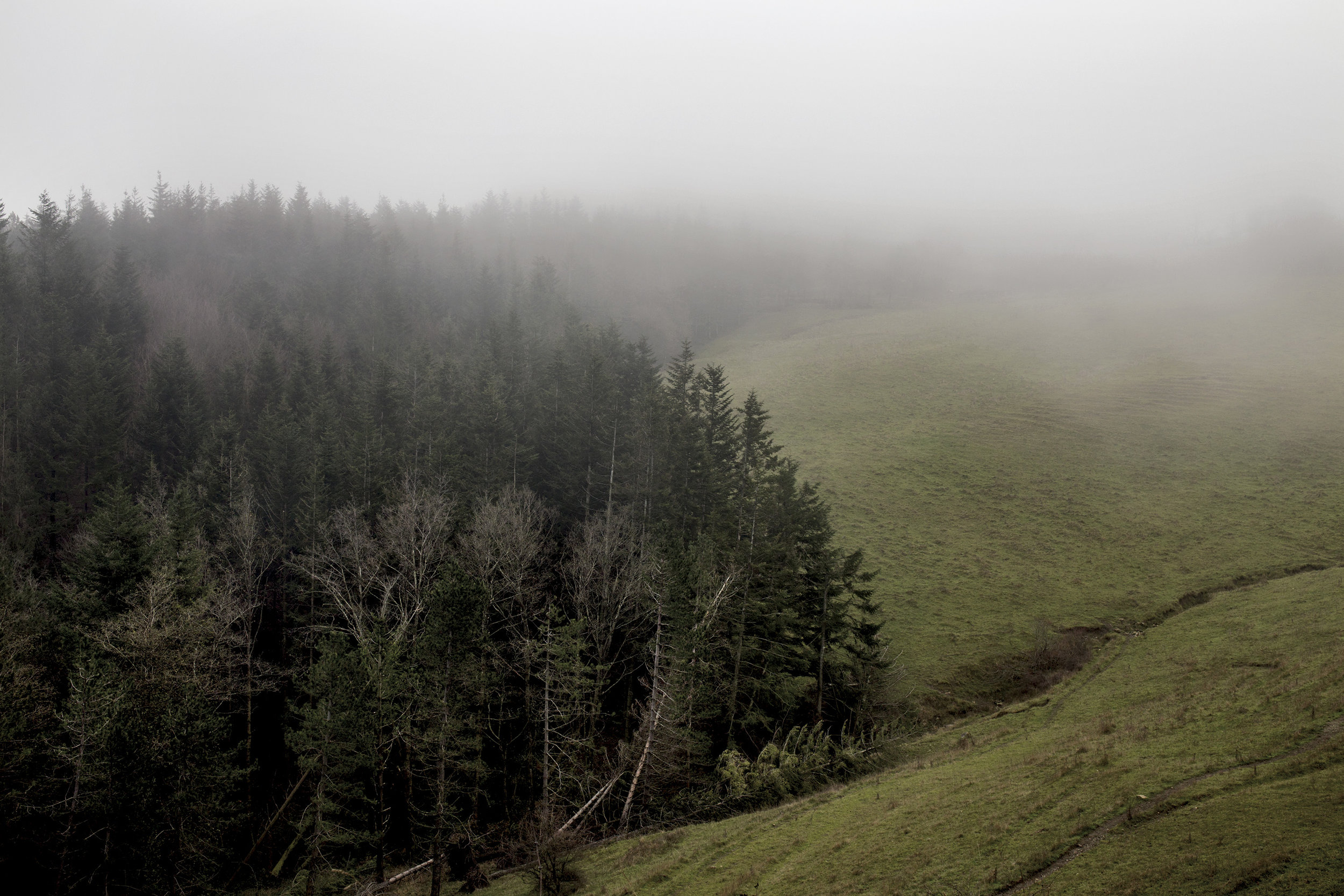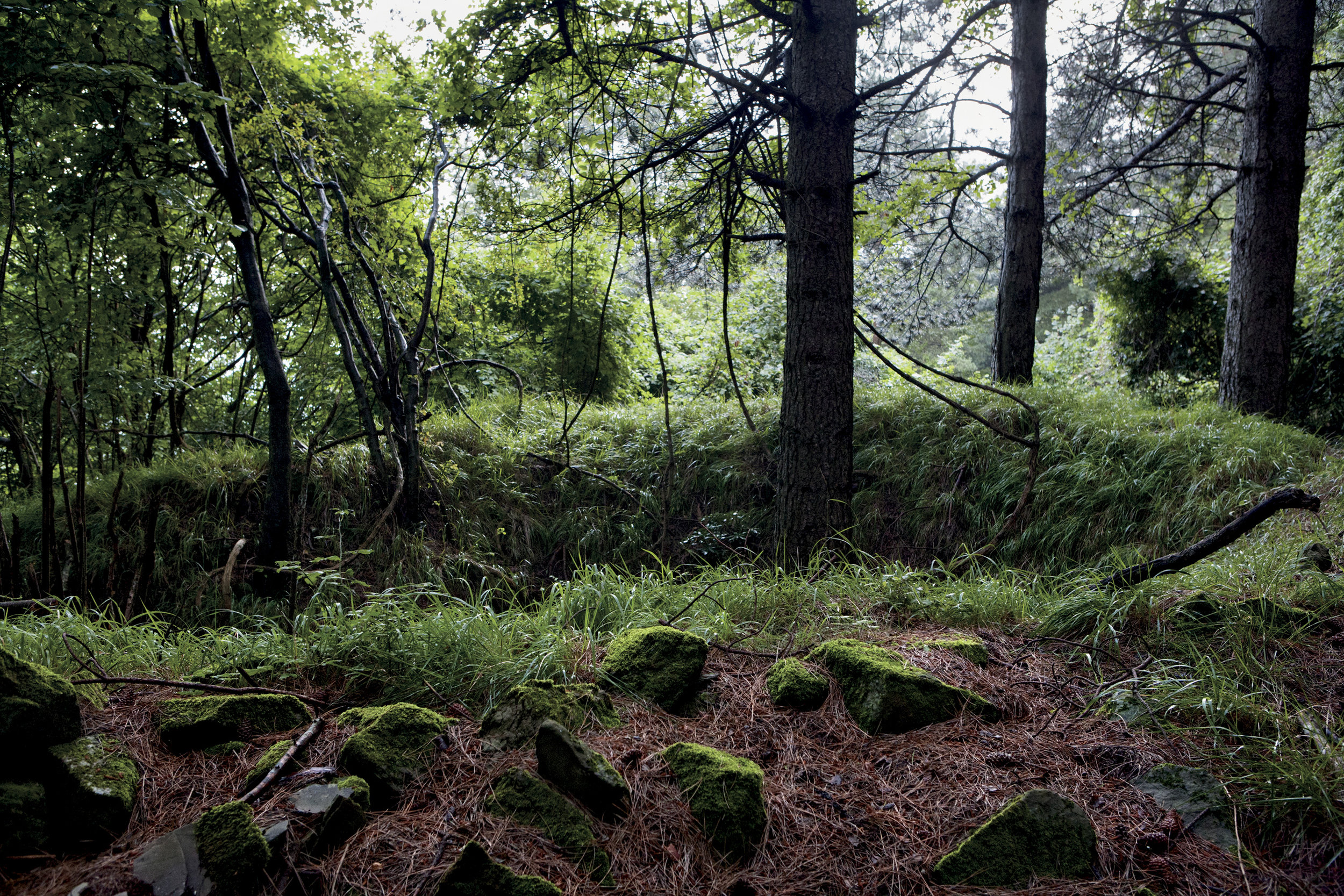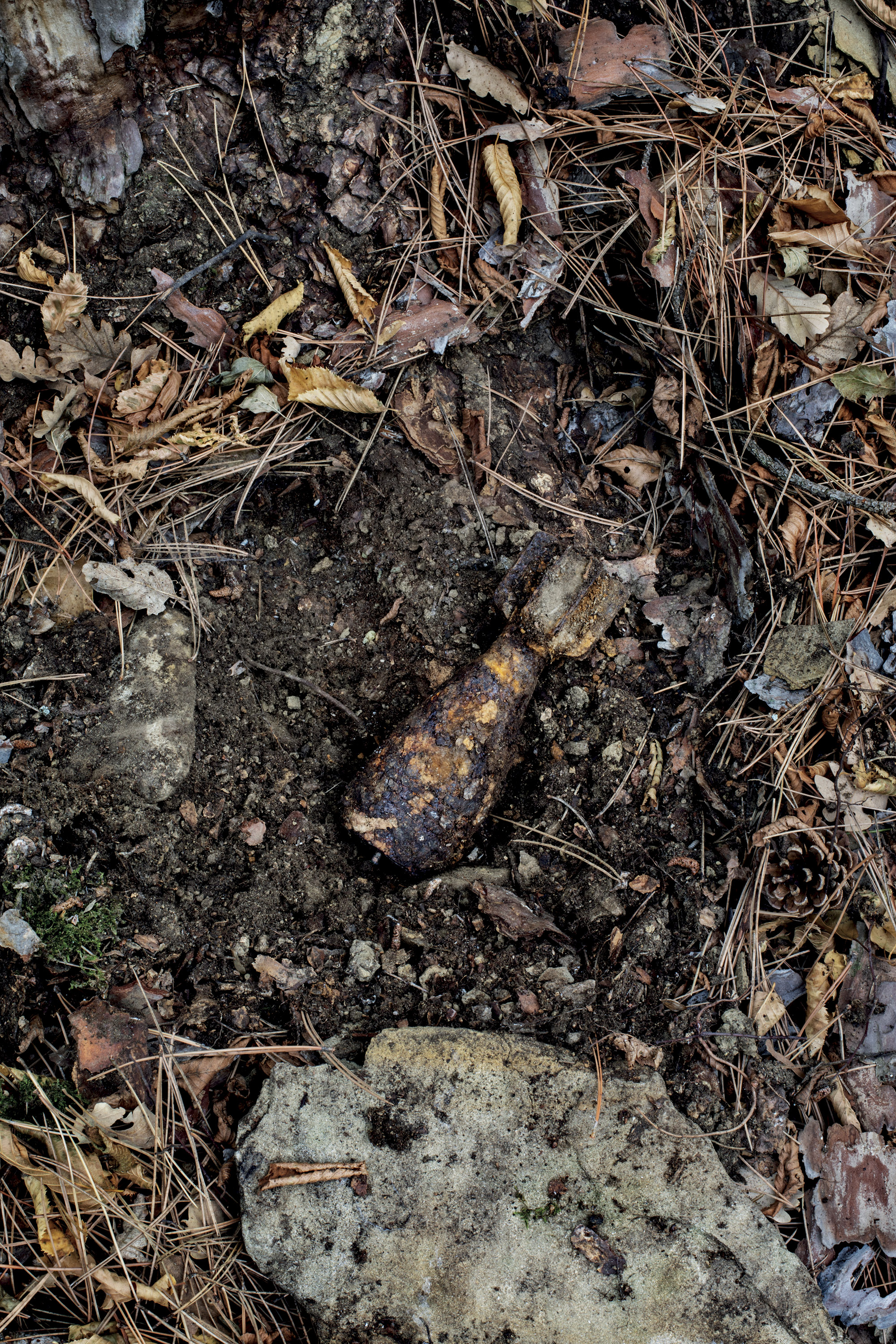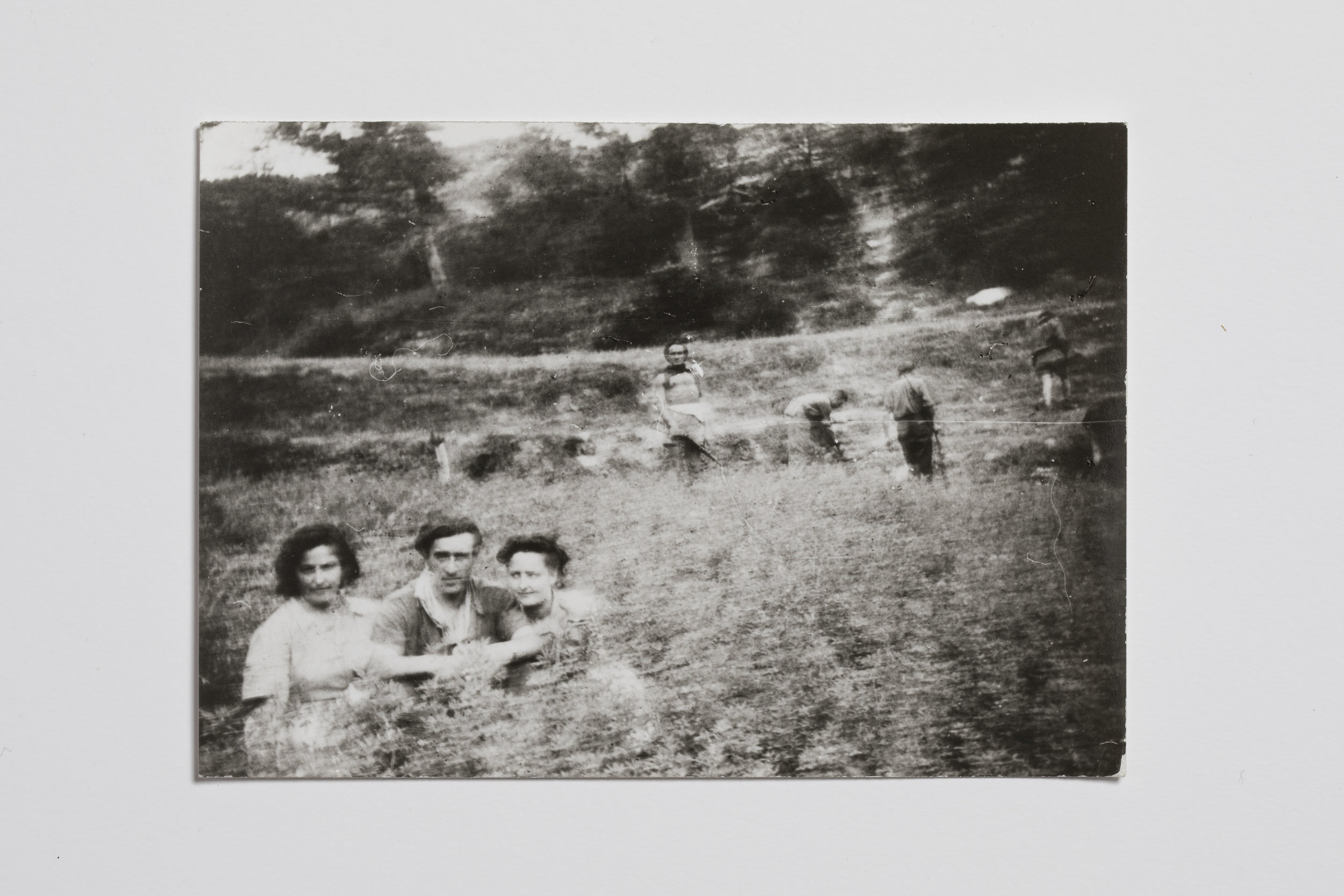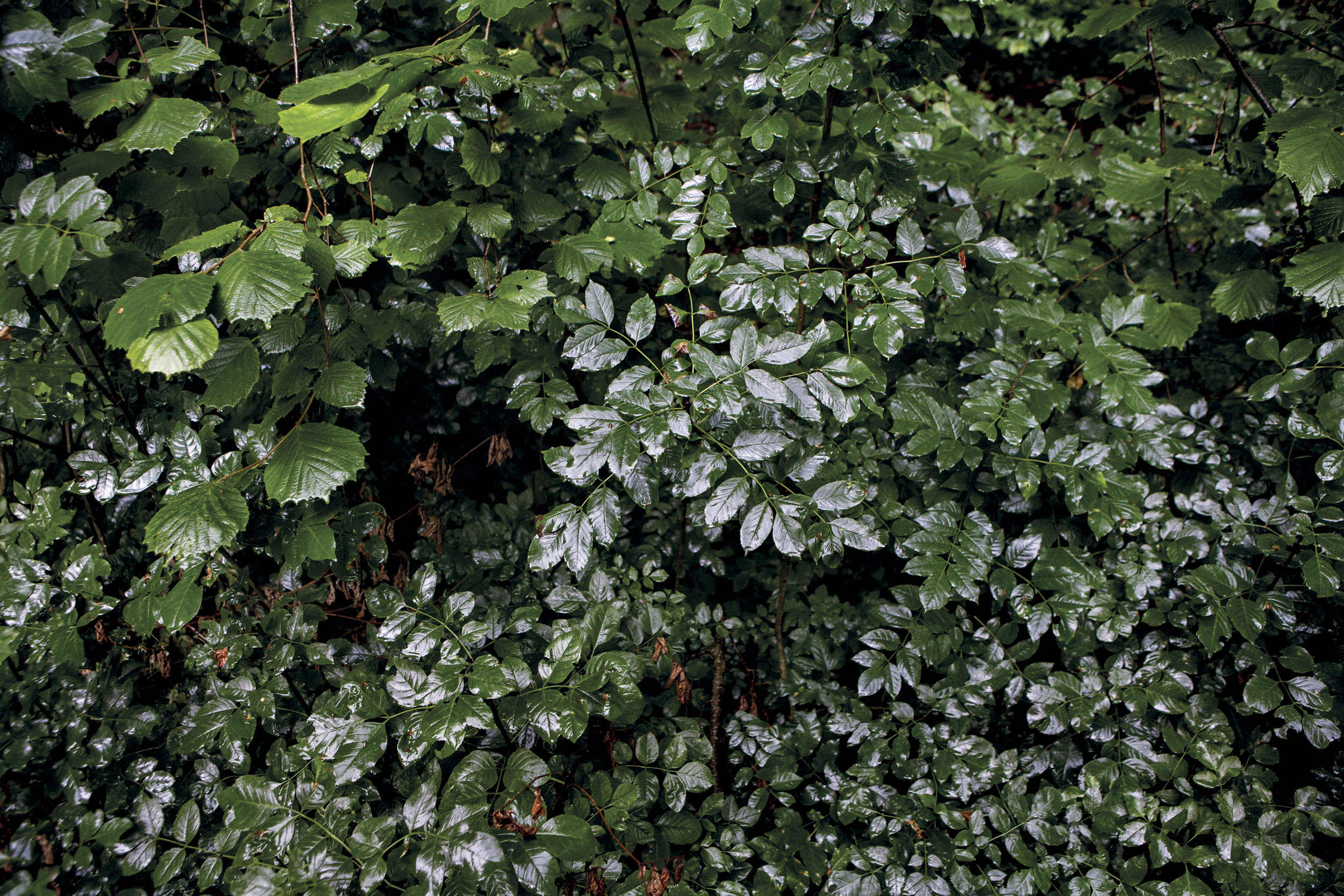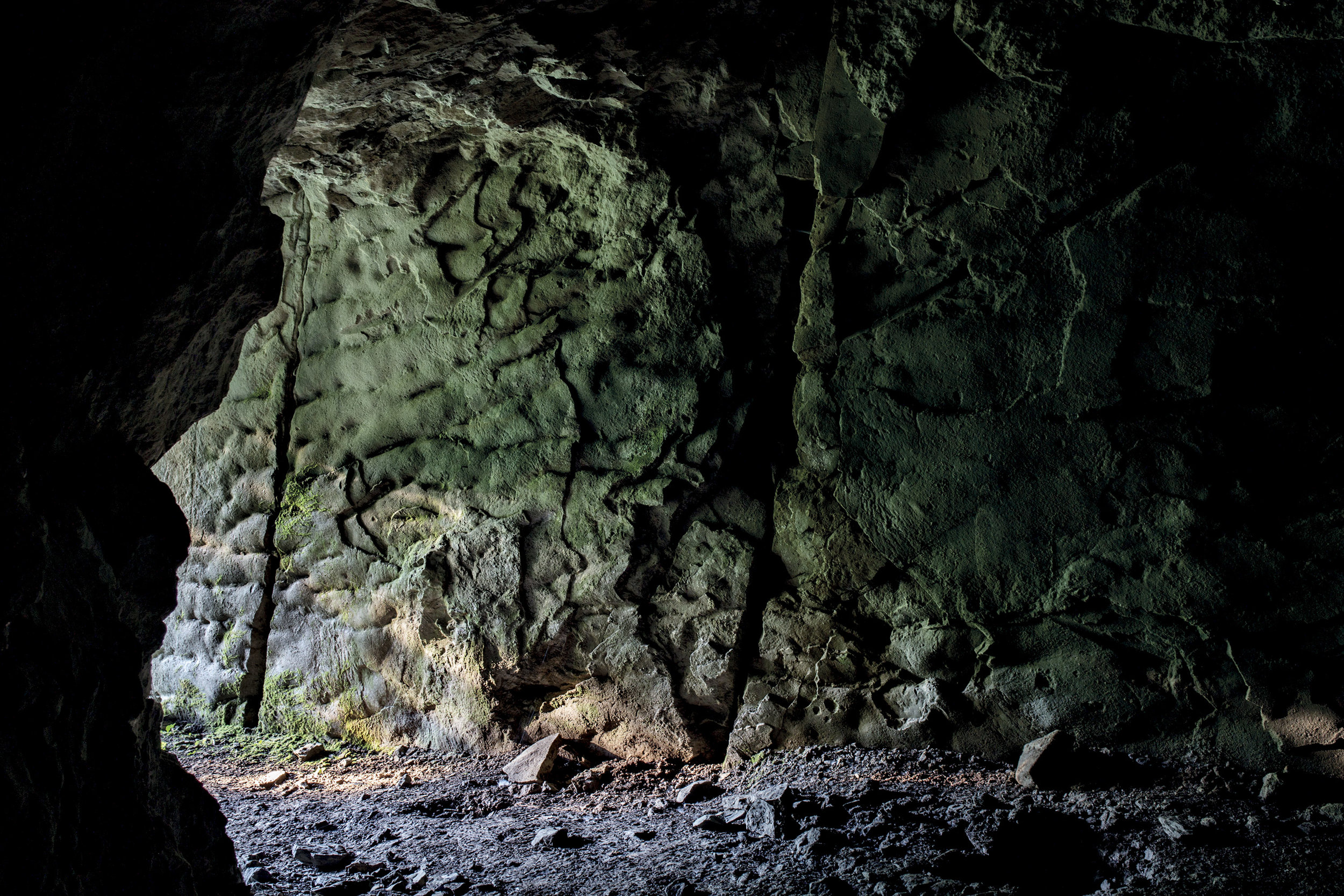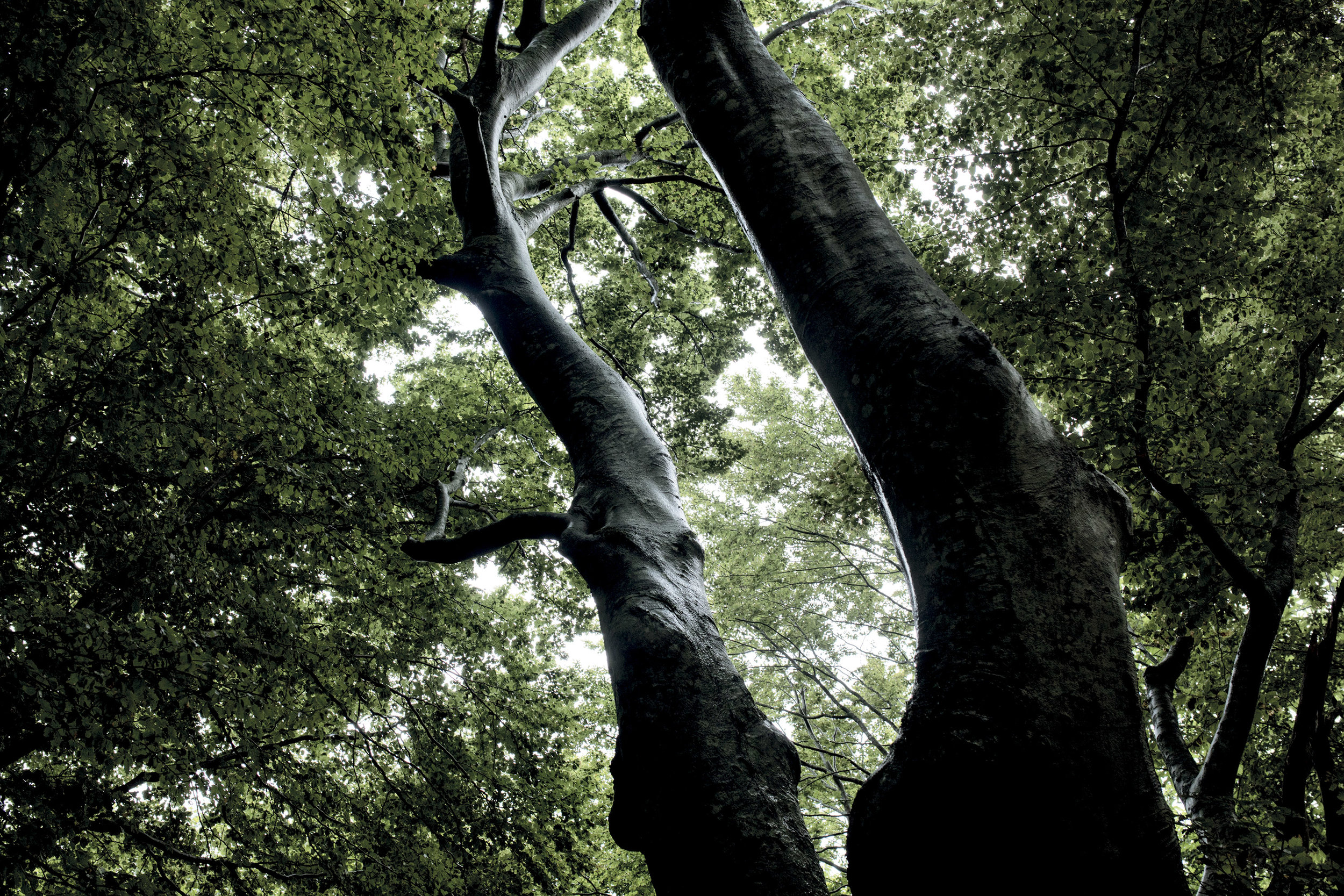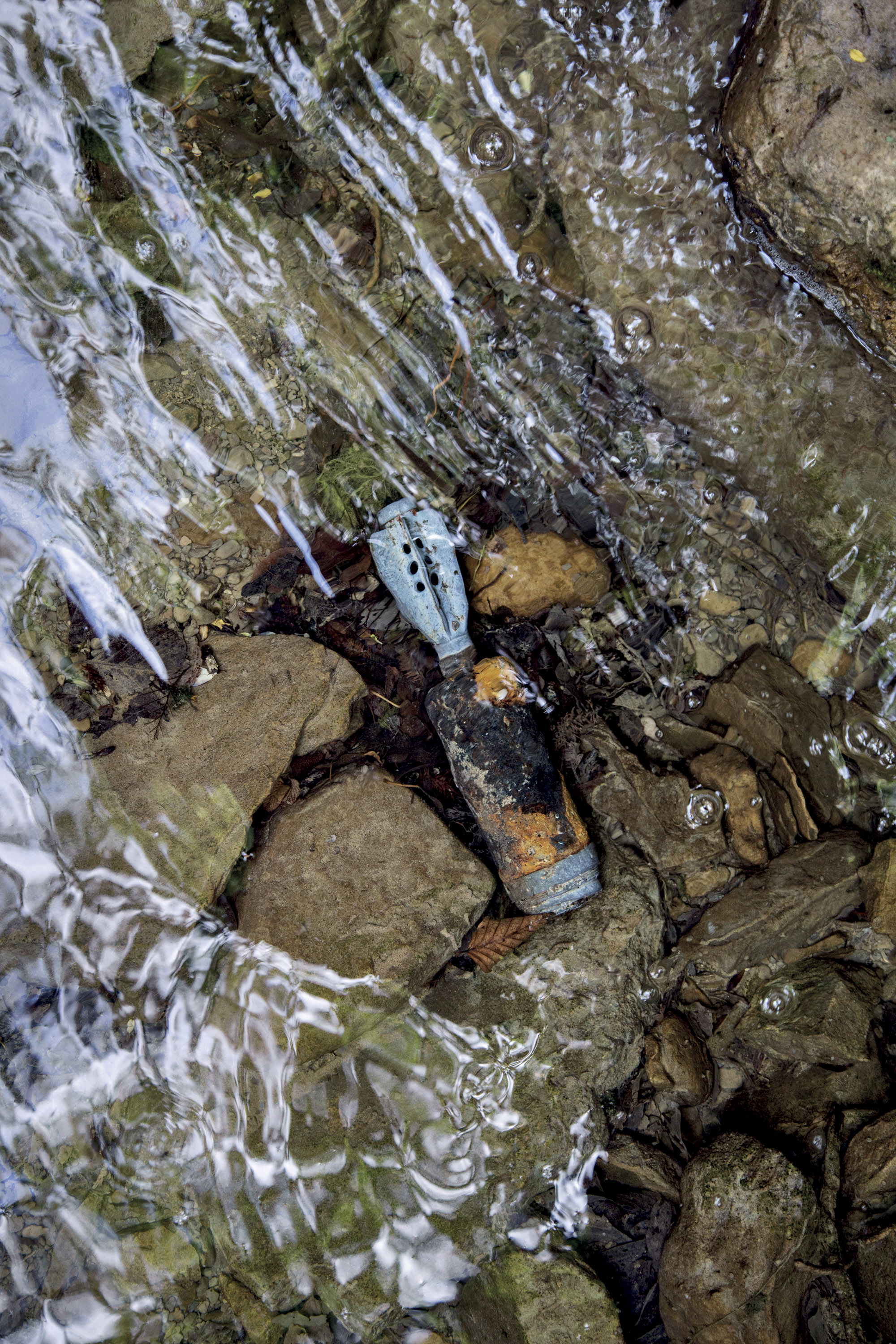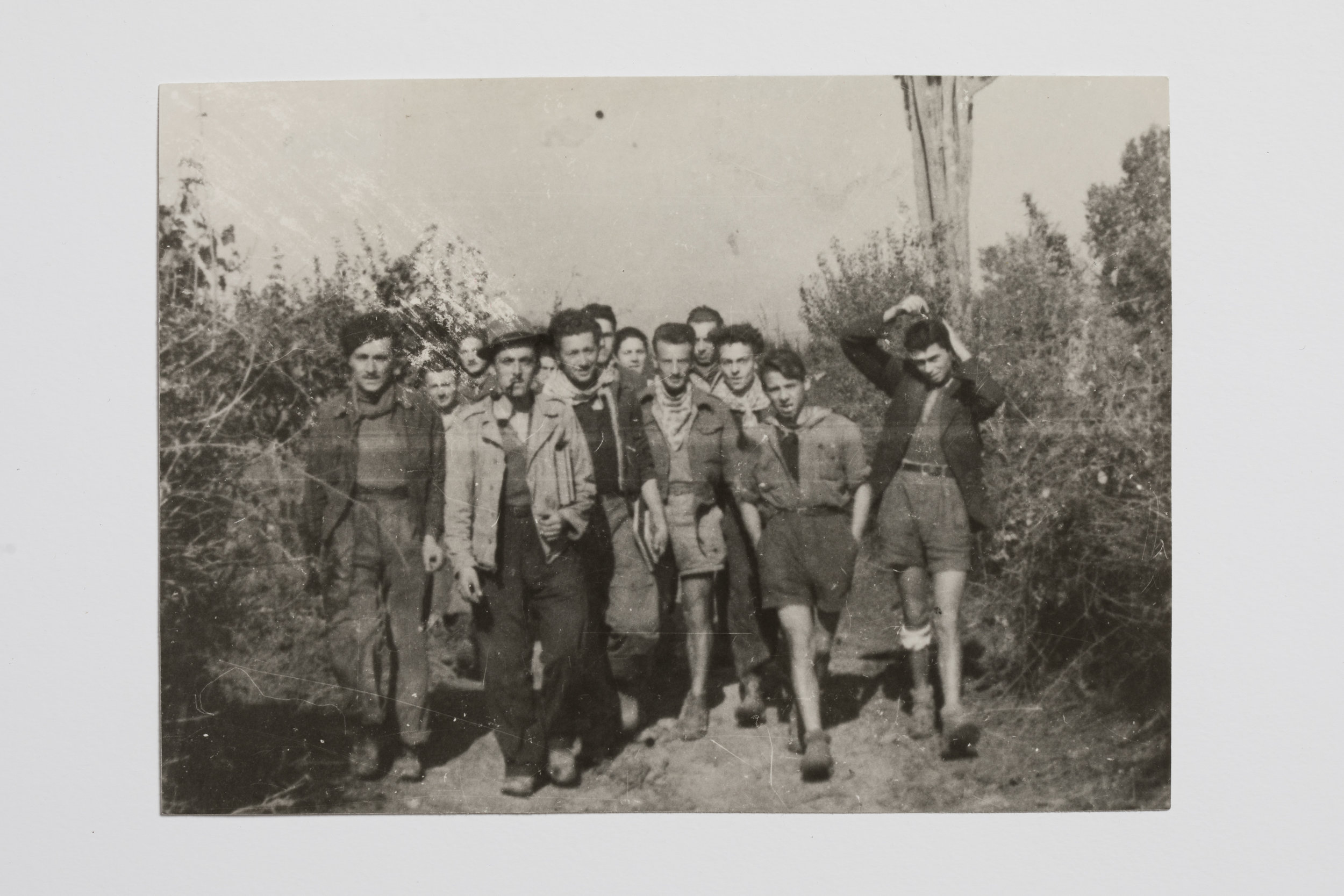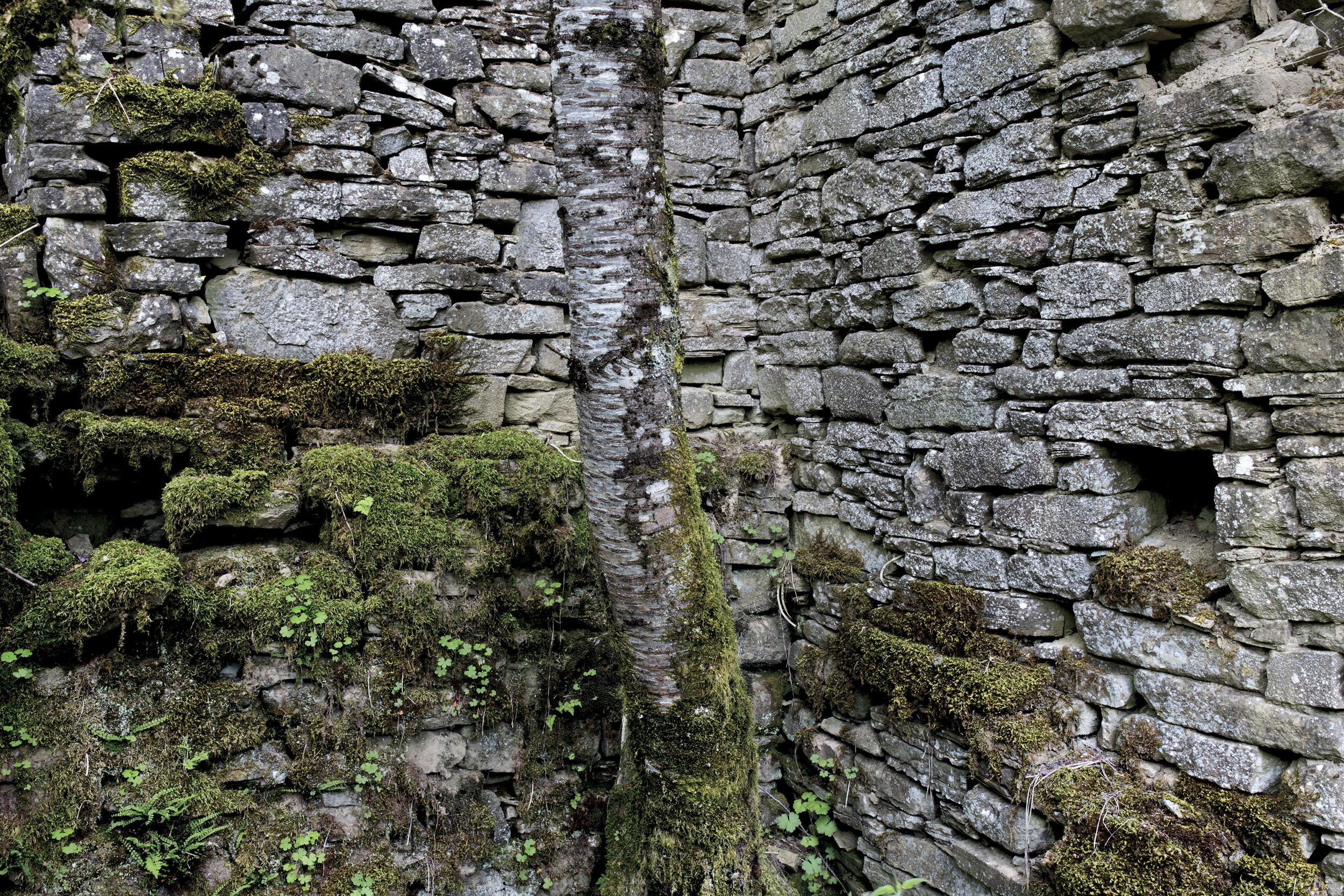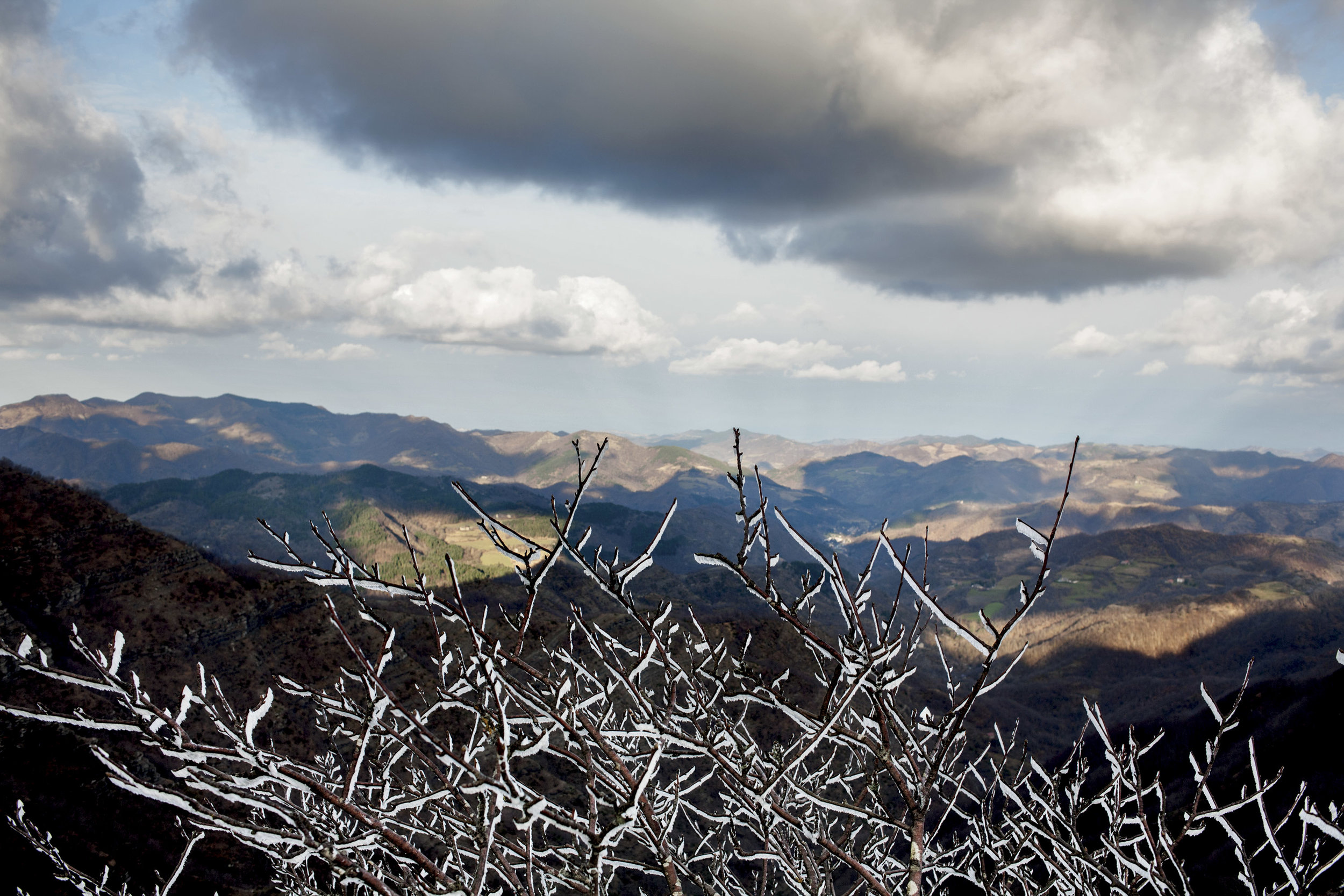Grüne Linie è una ricerca fotografica sulla memoria degli avvenimenti che ebbero come protagonista una piccola valle nell’Appennino Tosco-Romagnolo investita dal passaggio del fronte durante la II Guerra Mondiale.
Secondo gli indizi che la storia ha lasciato sul territorio, in bilico tra ricordi d’infanzia e memoria del conflitto, il progetto traccia una linea che incrocia la Storia e le testimonianze di chi ha combattuto e vissuto su queste montagne.
“Grüne Linie” era il nome che l’esercito tedesco aveva dato alla Linea Gotica: quella traccia di difese e fortificazioni, che correvano lungo l'Appennino, tagliando in due l’Italia, dalla costa tirrenica a quella adriatica. Una linea che si snodava fra boschi e paesi, costellata di storie di coraggio e di paura, di rivalsa e di resistenza.
Quelle storie hanno lasciato segni indelebili nel paesaggio e nella memoria dei pochi testimoni rimasti.
Grüne Linie is a photographic research on the memory of the events in which a small valley in the Tuscan-Romagnolo Apennines played a crucial role, when it became part of the war front during World War II.
The project traces a line that connects History to the voices of those who fought and lived in those mountains, following the clues that were left on the region, somewhere in between childhood memories and memories of the conflict.
"Grüne Linie" was the name that the German Army had given to the Gothic Line: a strip of defences and fortifications, which ran along the Apennines, cutting Italy in two, from the Tyrrhenian to the Adriatic coast. A line that wound through woods and villages, filled with stories of courage and fear, revenge and resistance.
Those stories left an indelible signs in the landscape and in the memory of the few remaining witnesses.
Nel luglio del 1944 la 36ª Brigata Partigiana Garibaldi Bianconcini, composta da circa 400 combattenti, si sposta nella valle del fiume Rovigo, nell’Appennino tosco-romagnolo, insediandosi nelle case coloniche sparse tra le montagne. Il comando ritenne che questa zona, nonostante si trovasse nel mezzo delle manovre dell’esercito tedesco per la fortificazione della Linea gotica, per la sua natura impervia potesse costituire un rifugio sicuro per i suoi uomini e per l’organizzazione di azioni di sabotaggio.
In July 1994, the 36th Brigade, the Garibaldi Bianconcini partisans, comprised of roughly 400 fighters, moved into the Rovigo River Valley in the Appenines between Tuscany and Emilia-Romagna, bunking down in the farmhouses scattered across the mountains. Although this area was at the centre of German manoeuvres fortifying the Gothic Line, the Command maintained that its impervious terrain would provide a safe place for its partisans and for organising sabotage operations.
“Credi di camminare il sentiero e invece è il sentiero che ti cammina. Sono quelli che l’hanno seguito prima di te, che gli hanno dato forma con i piedi e le suole. E i tuoi piedi rispondono alle loro impronte, come la voce risponde a un’altra voce. Il corpo, mentre cammina, dialoga con chi ha plasmato l’ambiente. Piante, animali, esseri umani. Tocca gli avanzi del loro passaggio, le incisioni della loro vita, il loro andirivieni sulla terra.”
dal racconto “Basta chiederlo ai Faggi” di Wu Ming 2
“You think you are walking along a path, but instead it is the path that walks you. It is those who have walked it before you who have given it form with their feet and soles. And your feet respond to their footprints, like one voice responds to another. While it walks, the body converses with those who shaped the land. Plants, animals, human beings. It touches the leftovers of their passing, the incisions of their lives, their comings and goings on the earth.”
from the story “Just Ask the Beeches” by Wu Ming 2
Grüne Linie è anche una mappa con 6 itinerari escursionistici stampata su stone paper . Un invito a visitare la valle del fiume Rovigo dove la storia ha avuto luogo e diventare testimoni diretti delle tracce che essa ha lasciato.
Grüne Linie is also a Map printed on stone paper with 6 itineraries. An invitation to visit the Rovigo river valley where this story took place and become direct witnesses of the traces it left.
Grüne Linie è distribuito sotto licenza Creative Commons perché crediamo in una cultura libera e diffusa al di là delle sole logiche commerciali. Per questo oltre a rendere disponibile il nostro libro nelle biblioteche pubbliche del nostro territorio abbiamo deciso di pubblicare on-line una versione sfogliabile.
Grüne Linie is licensed under a Creative Commons Attribution - Non Commercial - No Derivatives because we strongly believe in making culture accessible. For this reason, in addition to making our book available in public libraries, we have decided to publish an online version.
